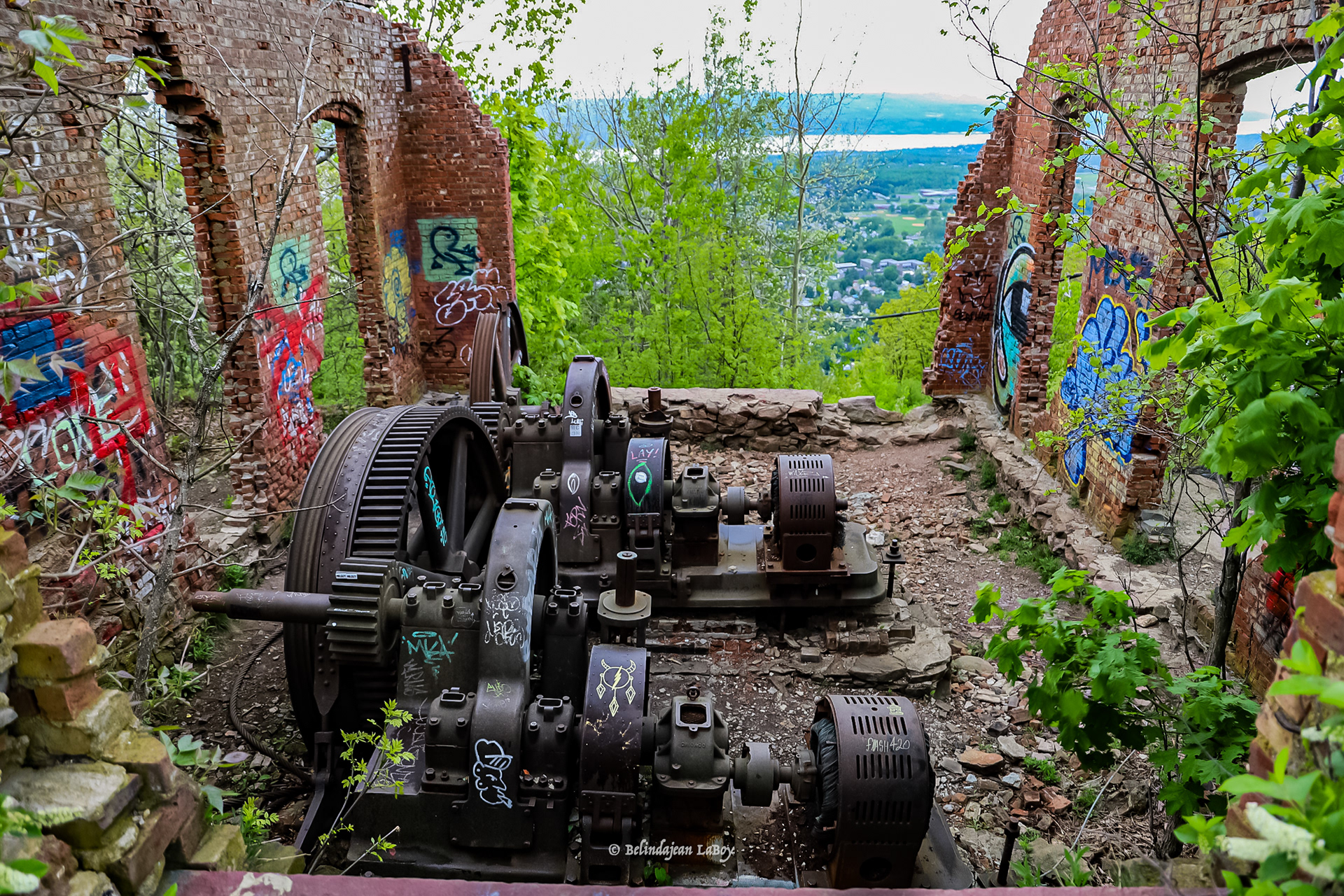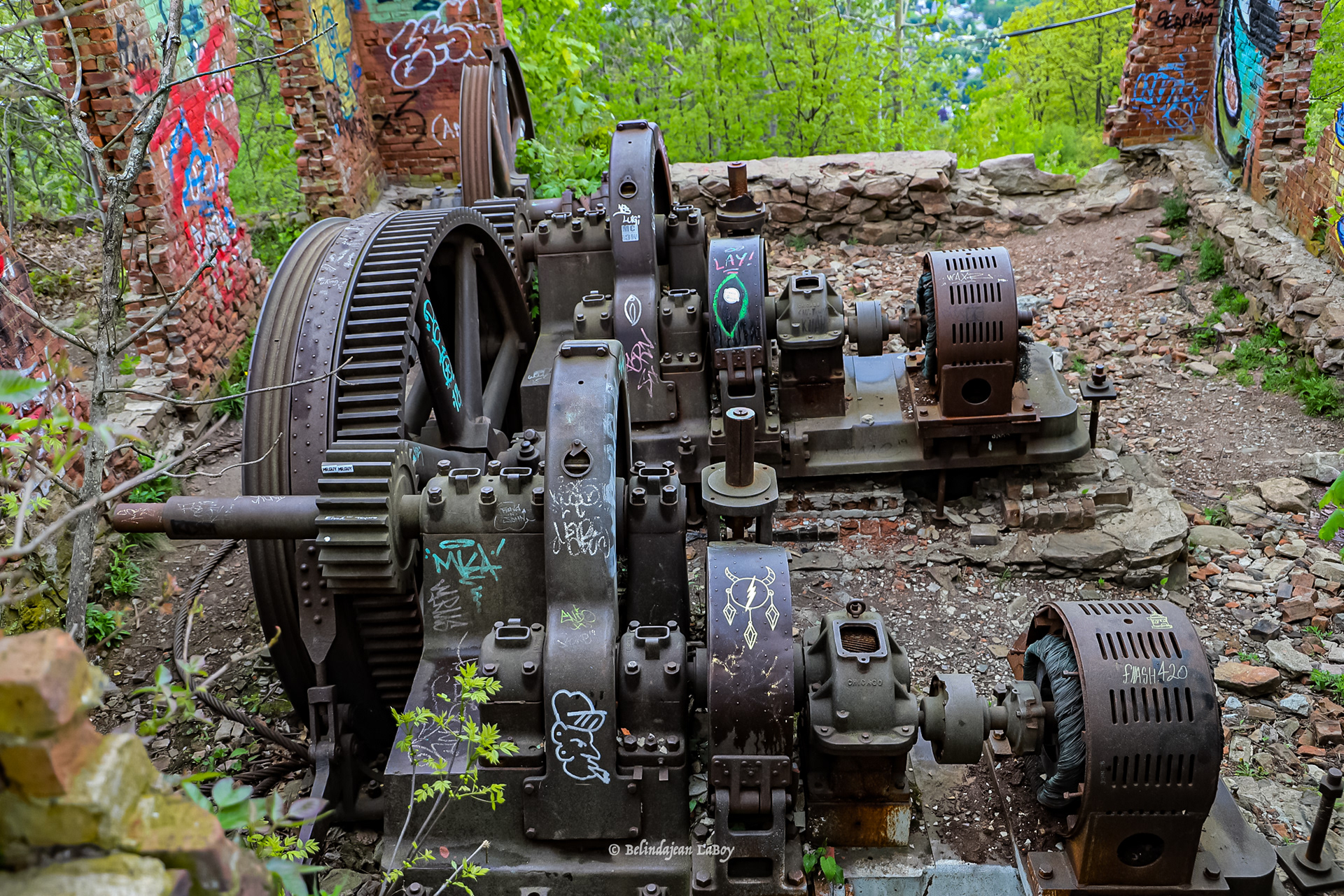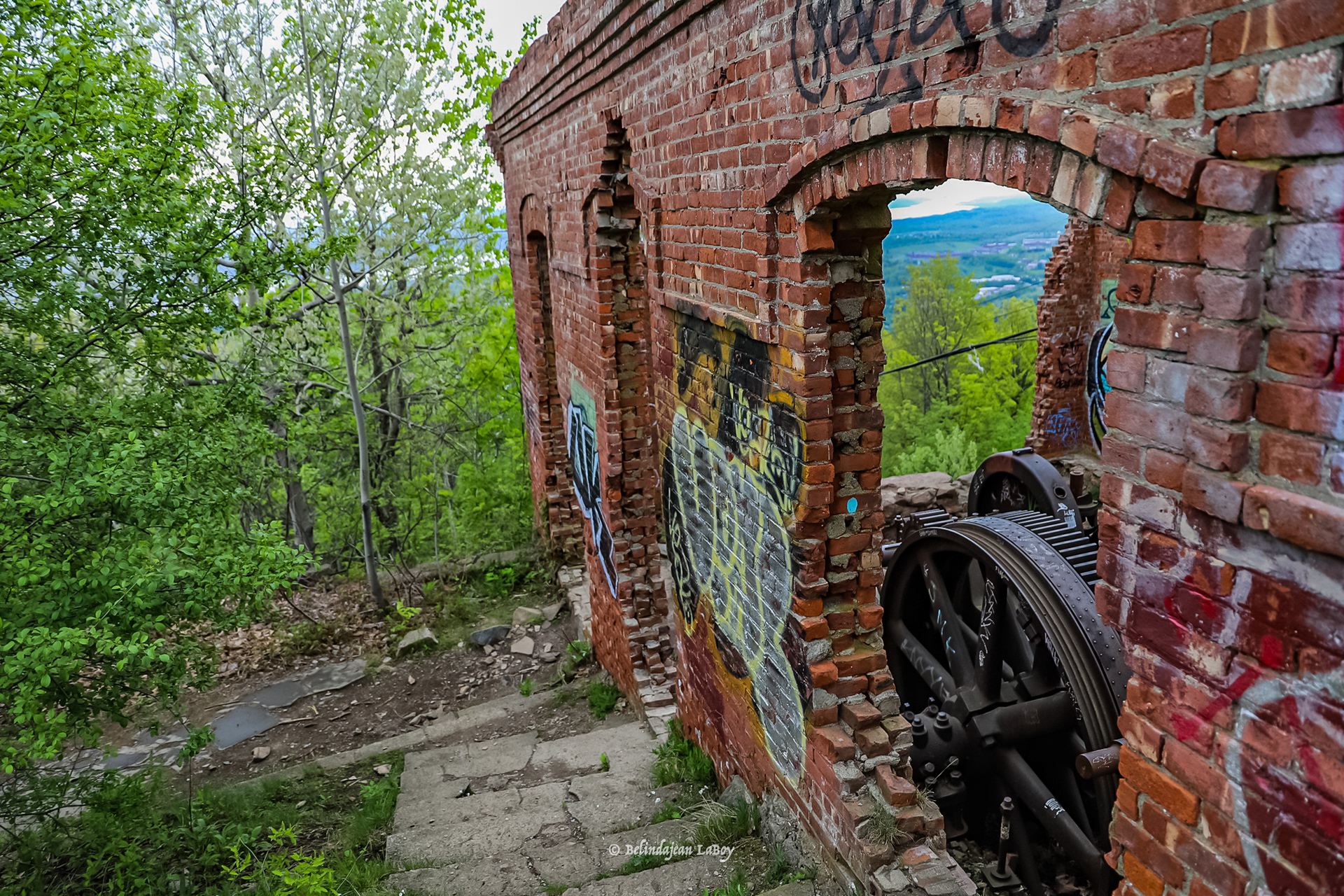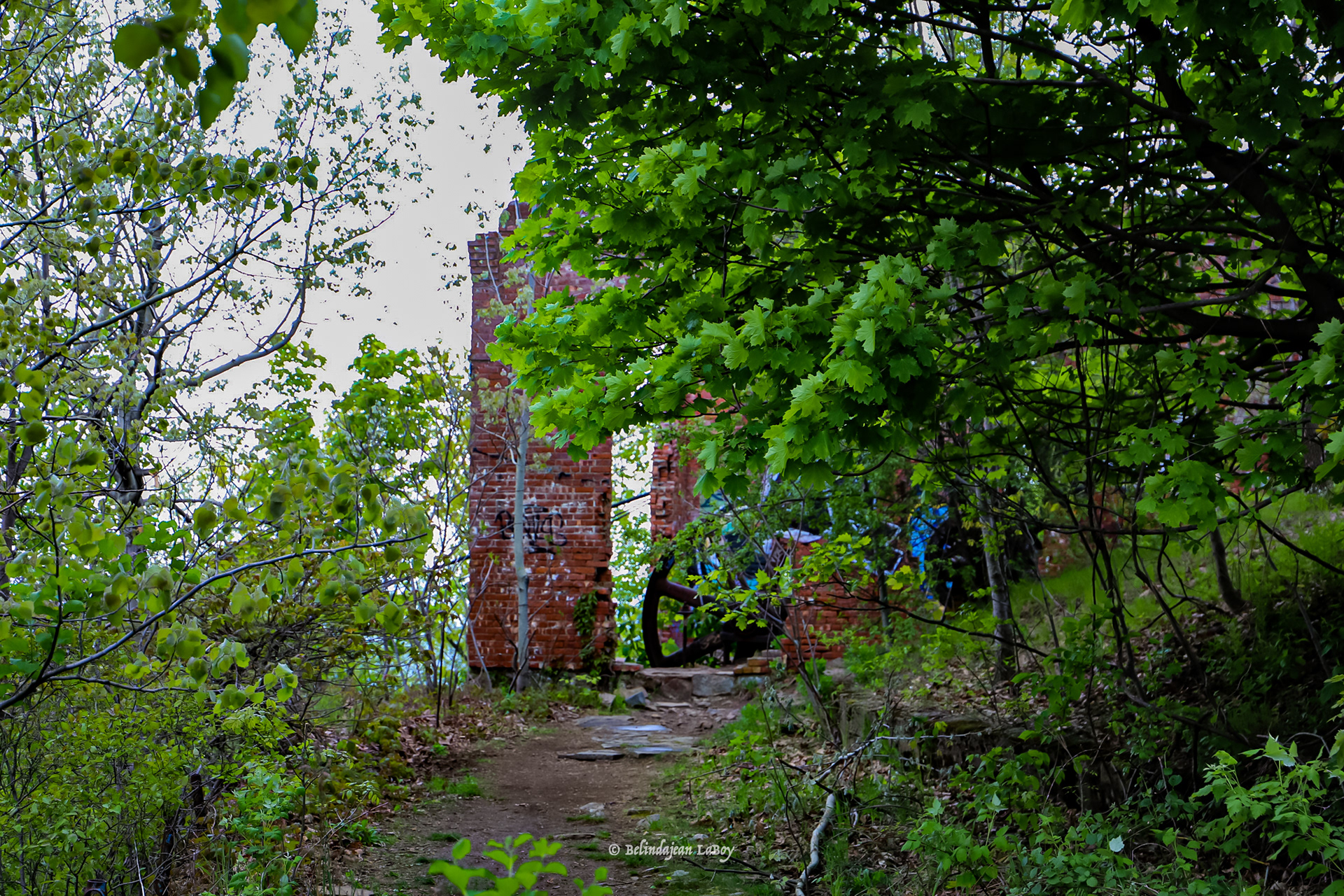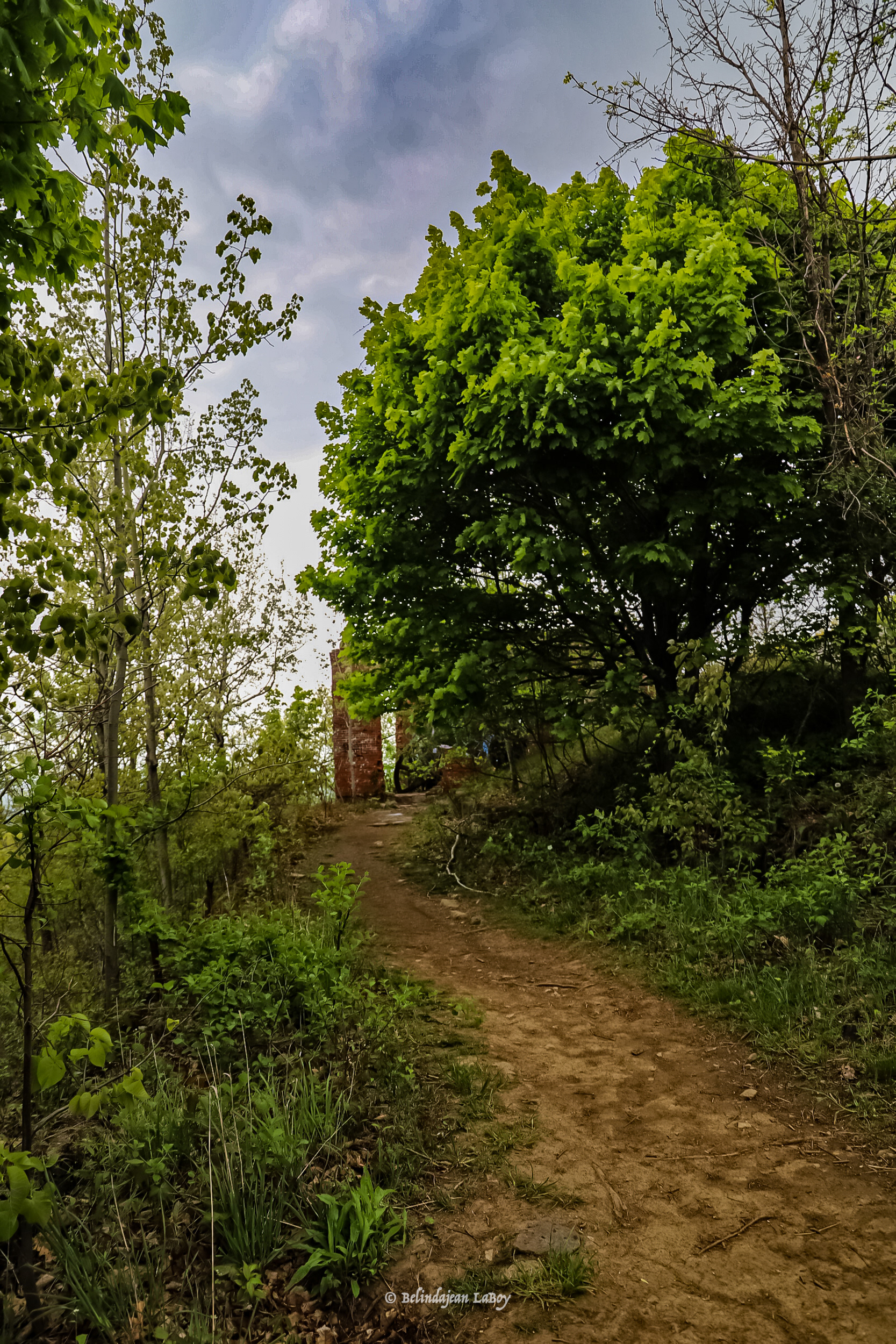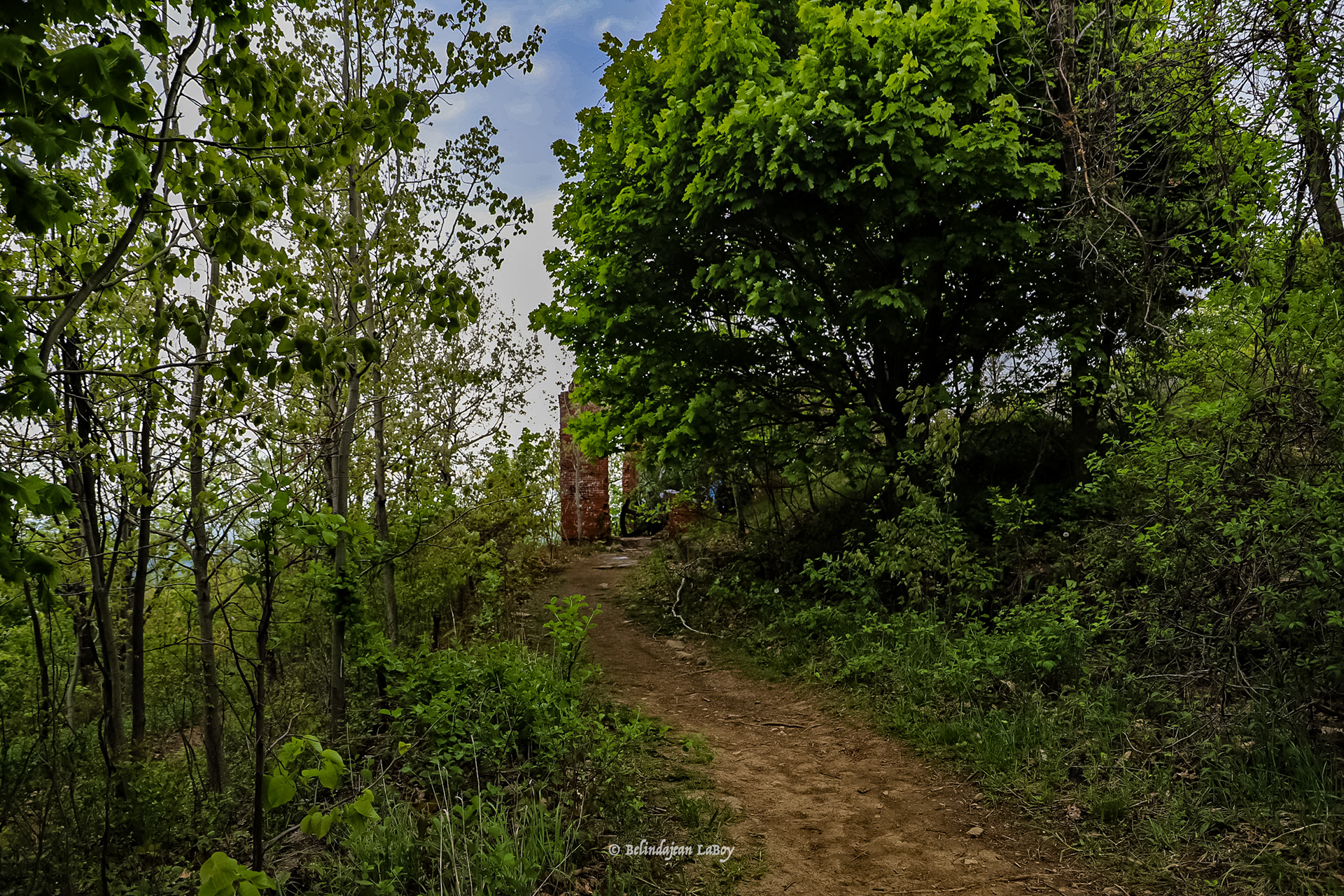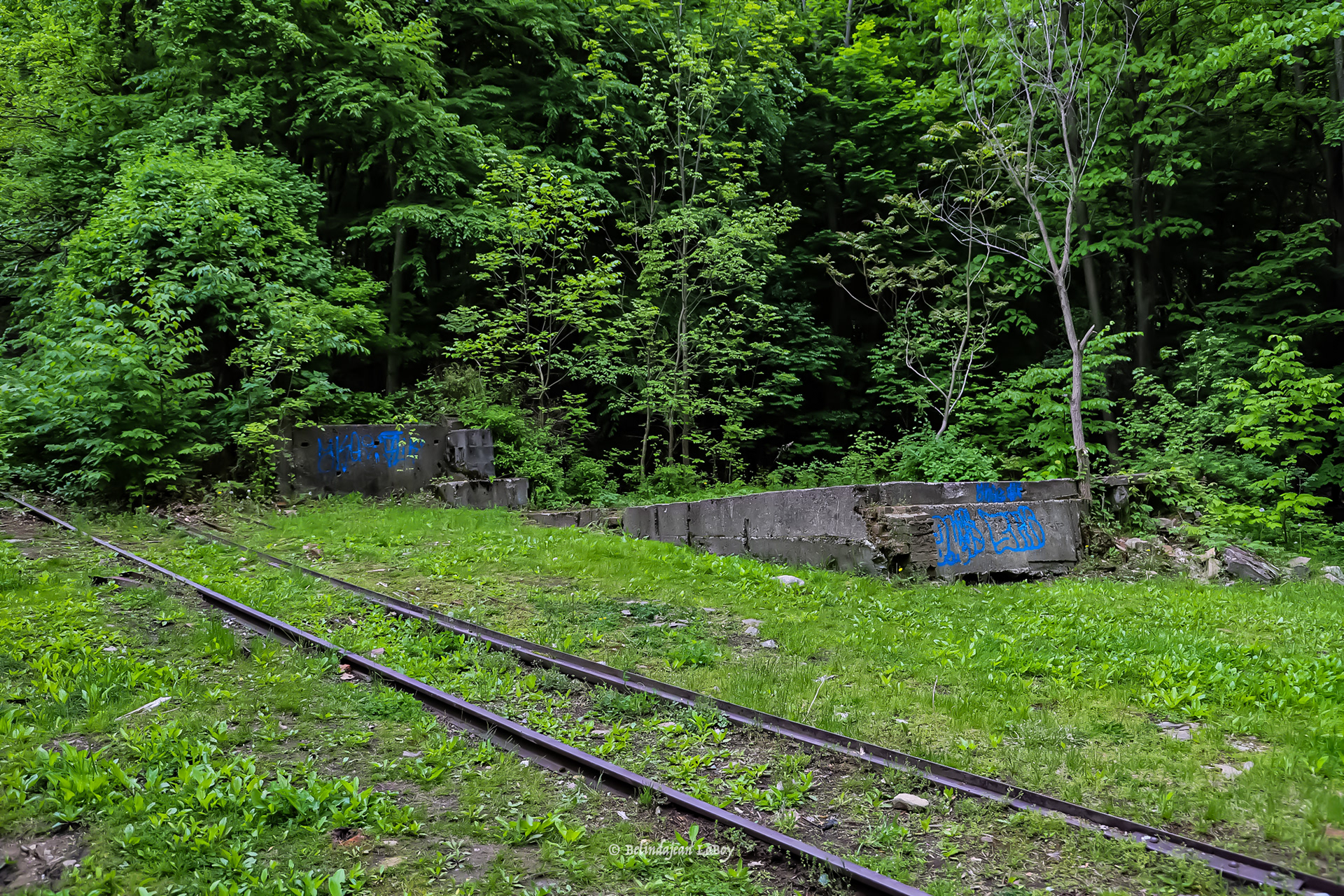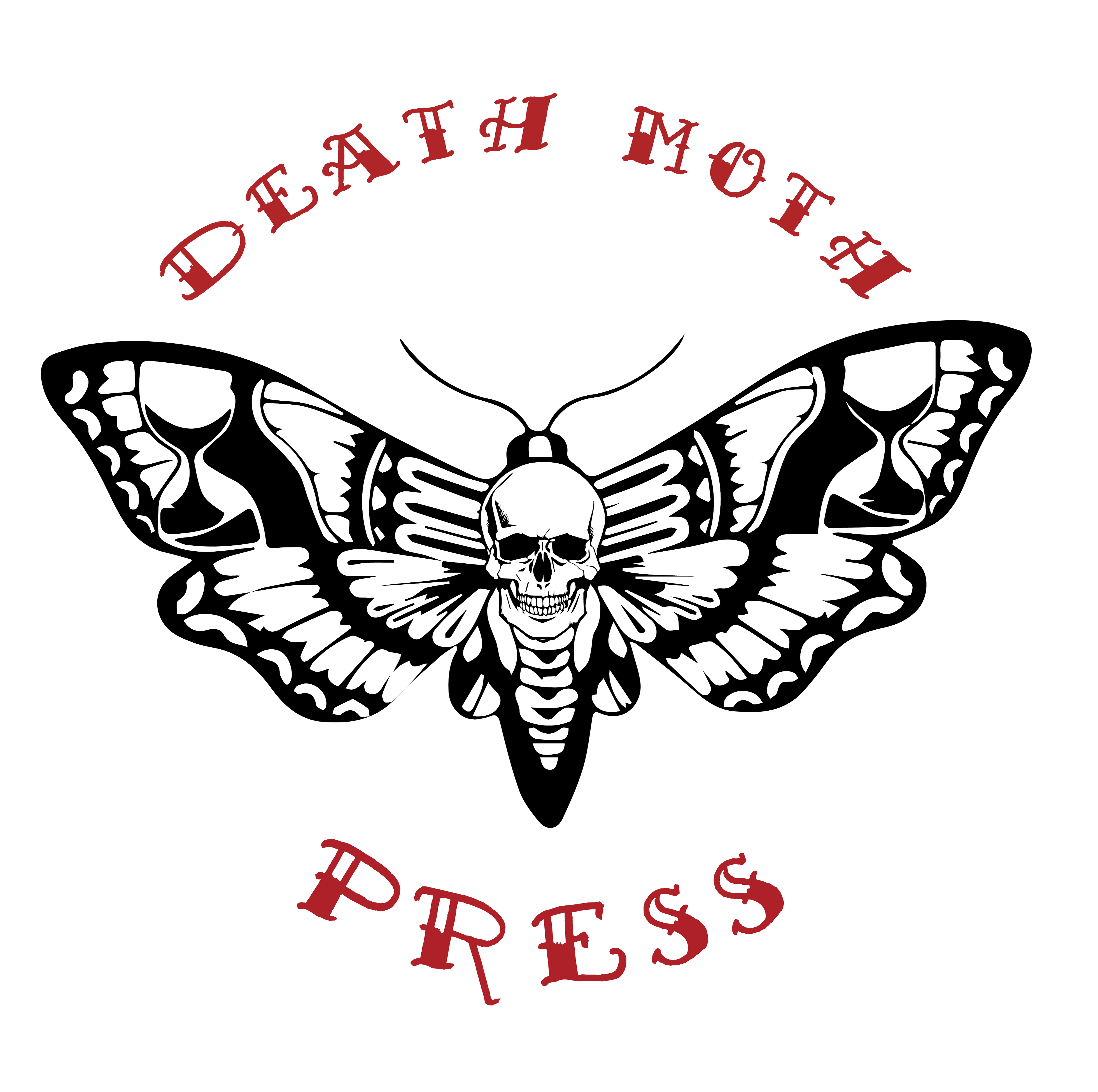Smallpox Memorial Hospital, Roosevelt Island, NY
2014
Abandoned remnants of a former hospital/nursing school constructed in 1854 in Gothic Revival style.
Located on the southern end of Roosevelt Island, this landmark structure is an icon of New York City. Built in 1854, it was the first major U.S. hospital dedicated to the care of victims of smallpox and also served as one of the city's foremost nursing schools. It is now a ruin standing as a remnant of a forgotten era of New York’s history.
To find out the history of this building and to know more go to: https://www.theruin.org

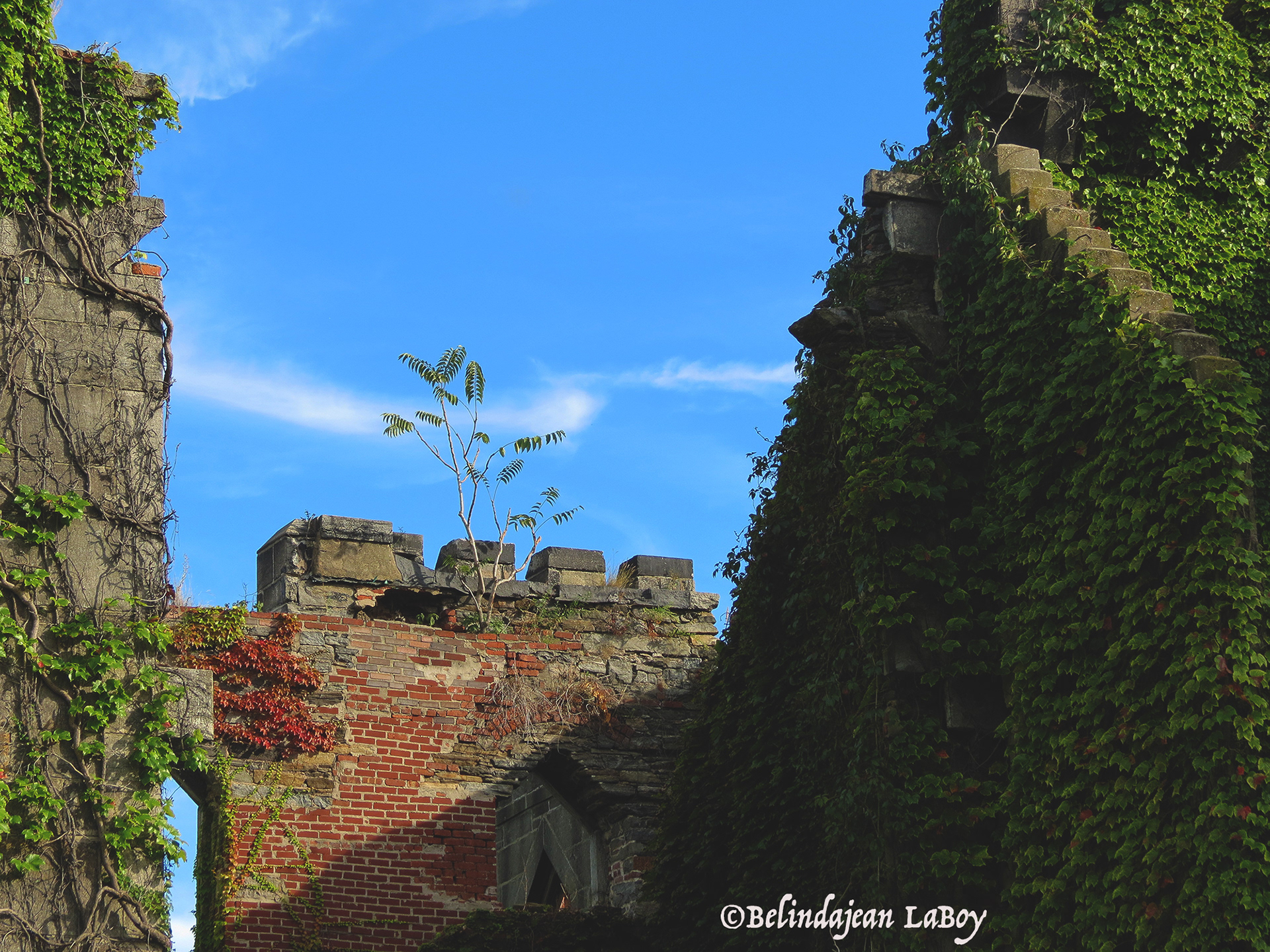


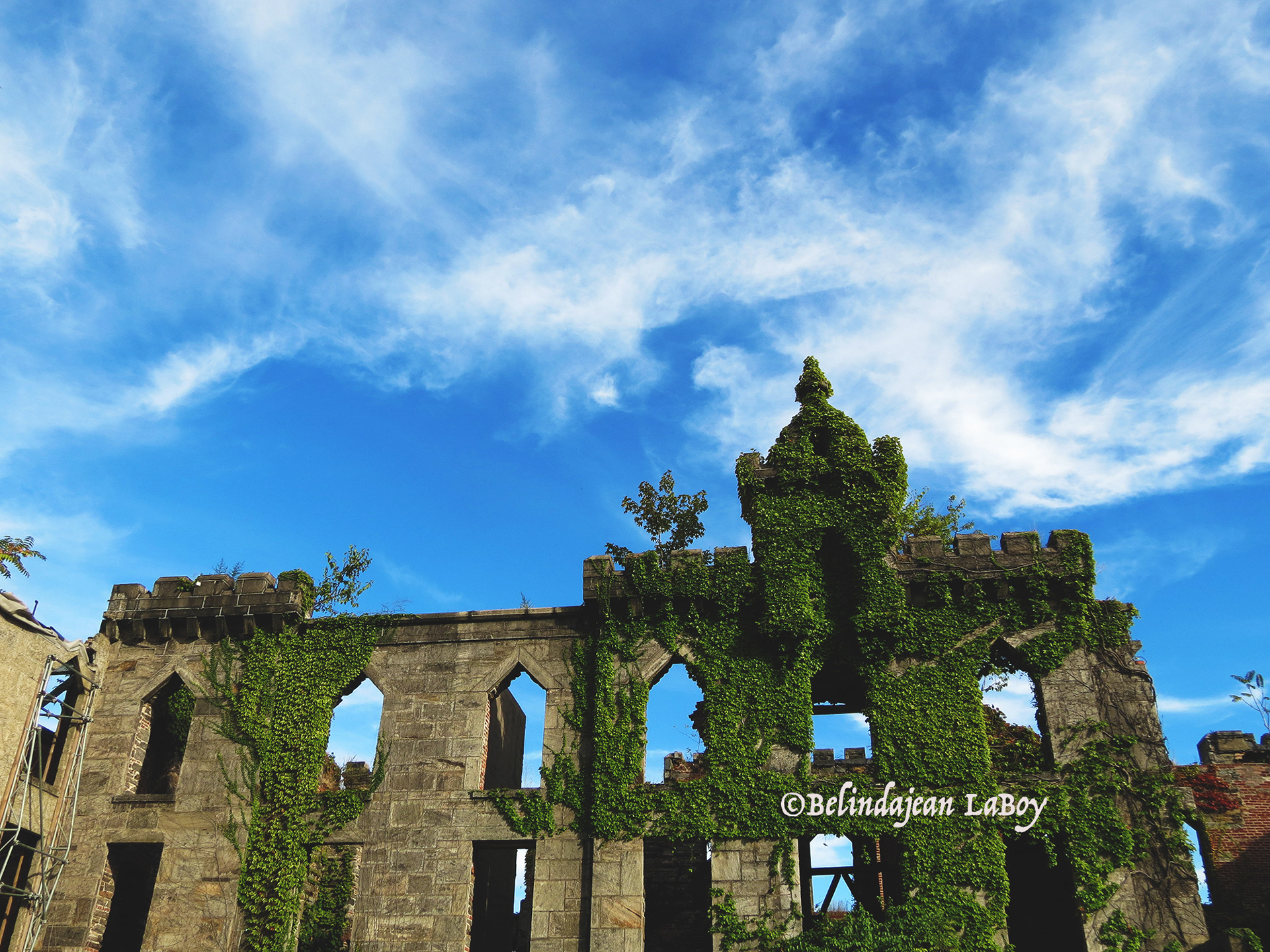
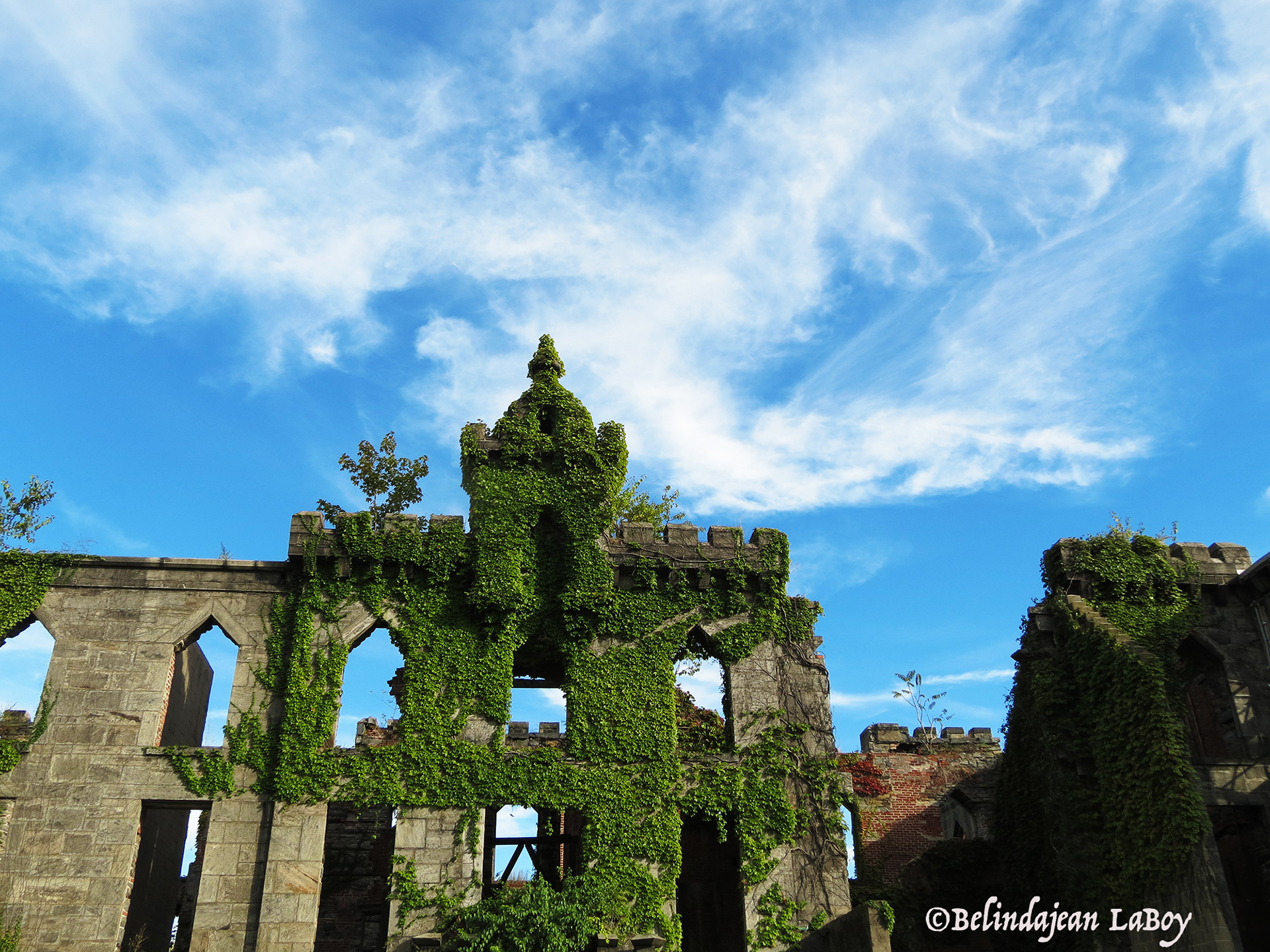

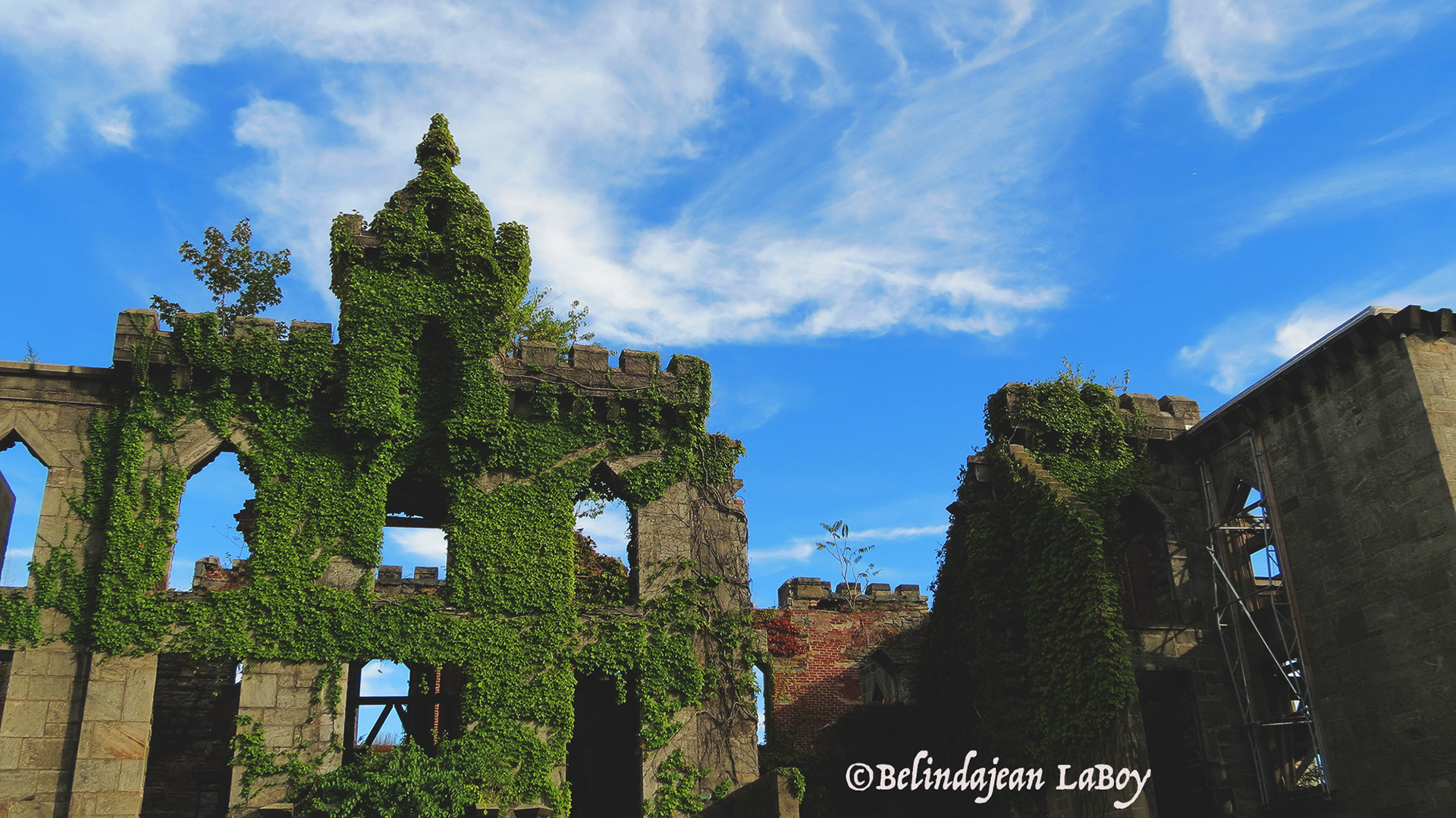
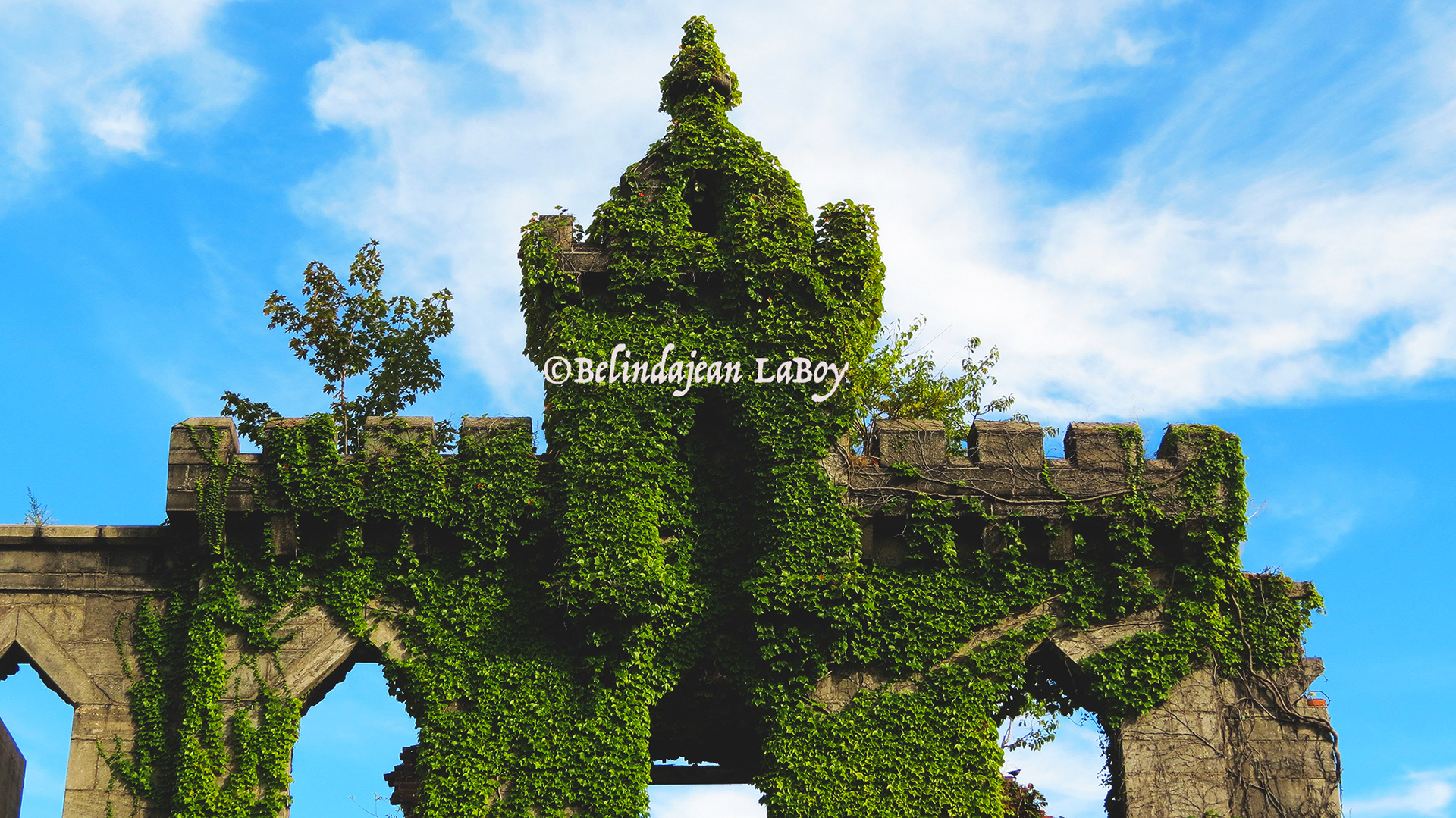
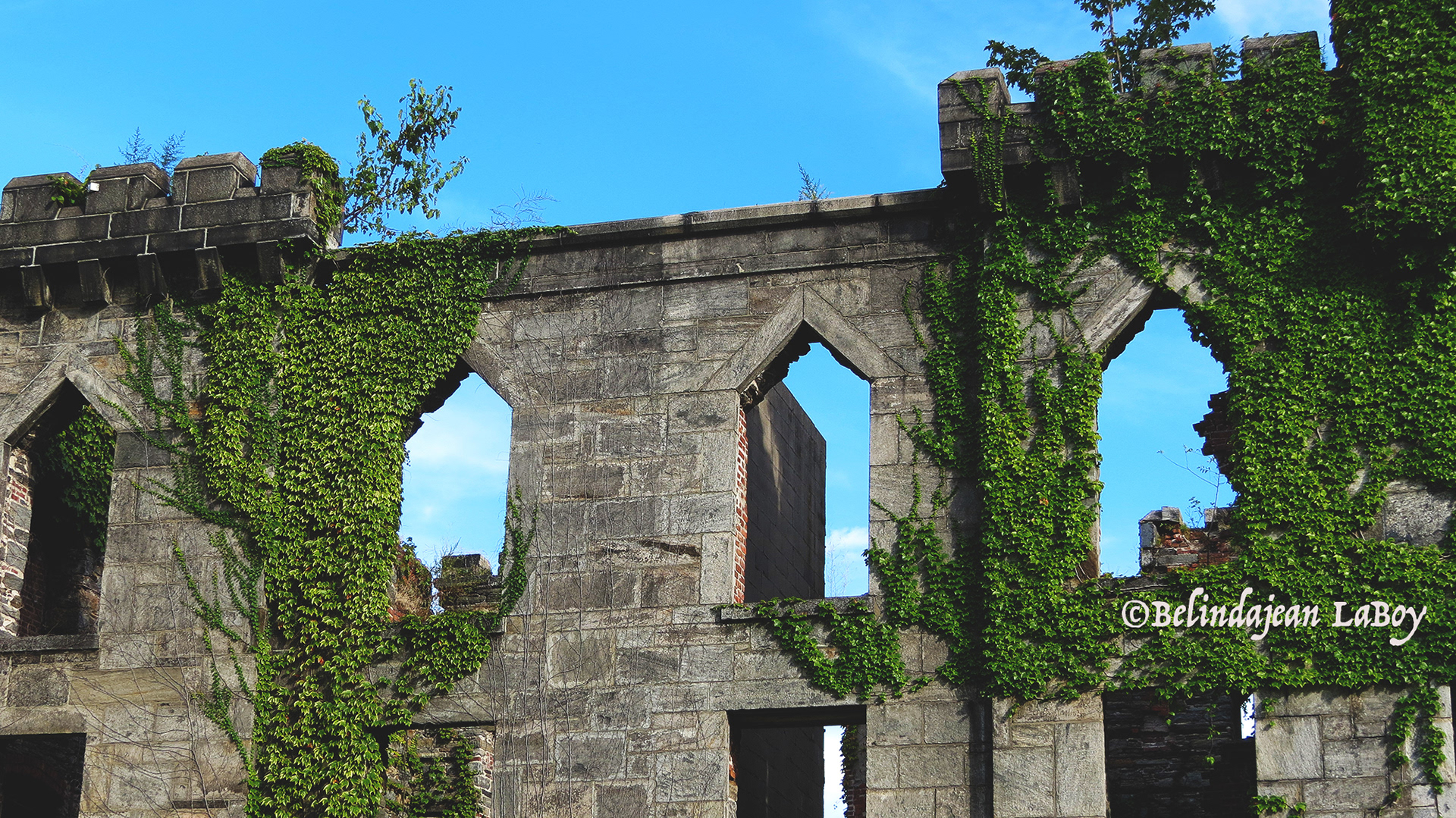

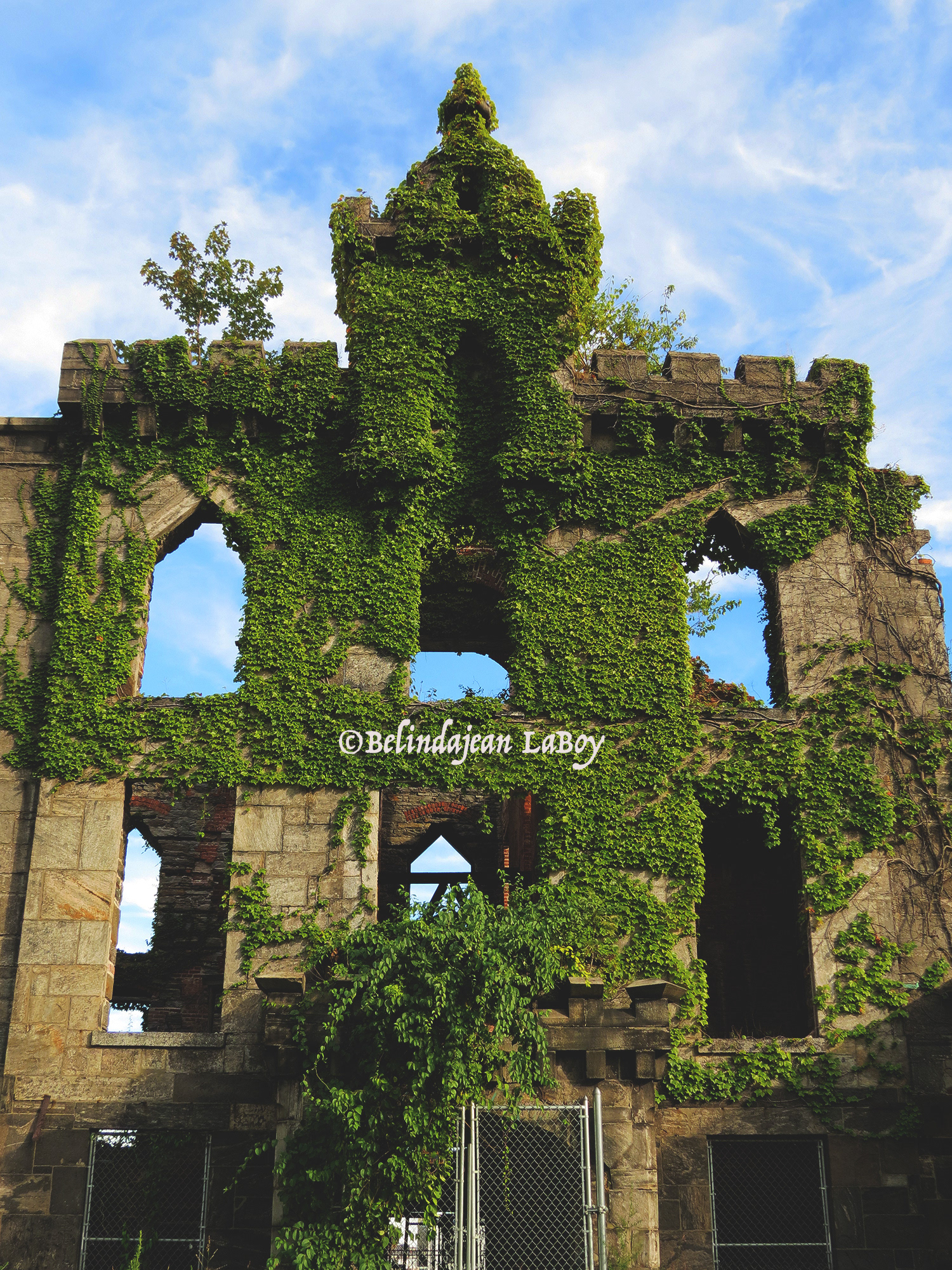



Welwyn Preserve, Glen Cove, NY
2015
The abandoned grounds and derelict greenhouses of this once-magnificent Edwardian estate are now a nature preserve open for exploration. Welwyn was the 204-acre estate built in 1906 for Harold Irving Pratt, an oil industrialist and philanthropist. Prat and his wife Harriet lived in their lavish home until his death in 1939 and hers in ‘69, upon which occasion the house was willed to Nassau County. The county had no plans for Welwyn though, and the luxurious estate was left to rot. The densely wooded preserve has four marked nature trails that provide access to a magnificent wooded stream valley, fresh water ponds, swamps, a coastal salt marsh and a stretch of Long Island Sound shoreline. The restated sentence should appear: More than 100 species of birds, a variety of small native mammals, reptiles and amphibians inhabit the preserve’s grounds.
To find out more about this Preserve, go to: https://www.nassaucountyny.gov/2927/Welwyn-Preserve
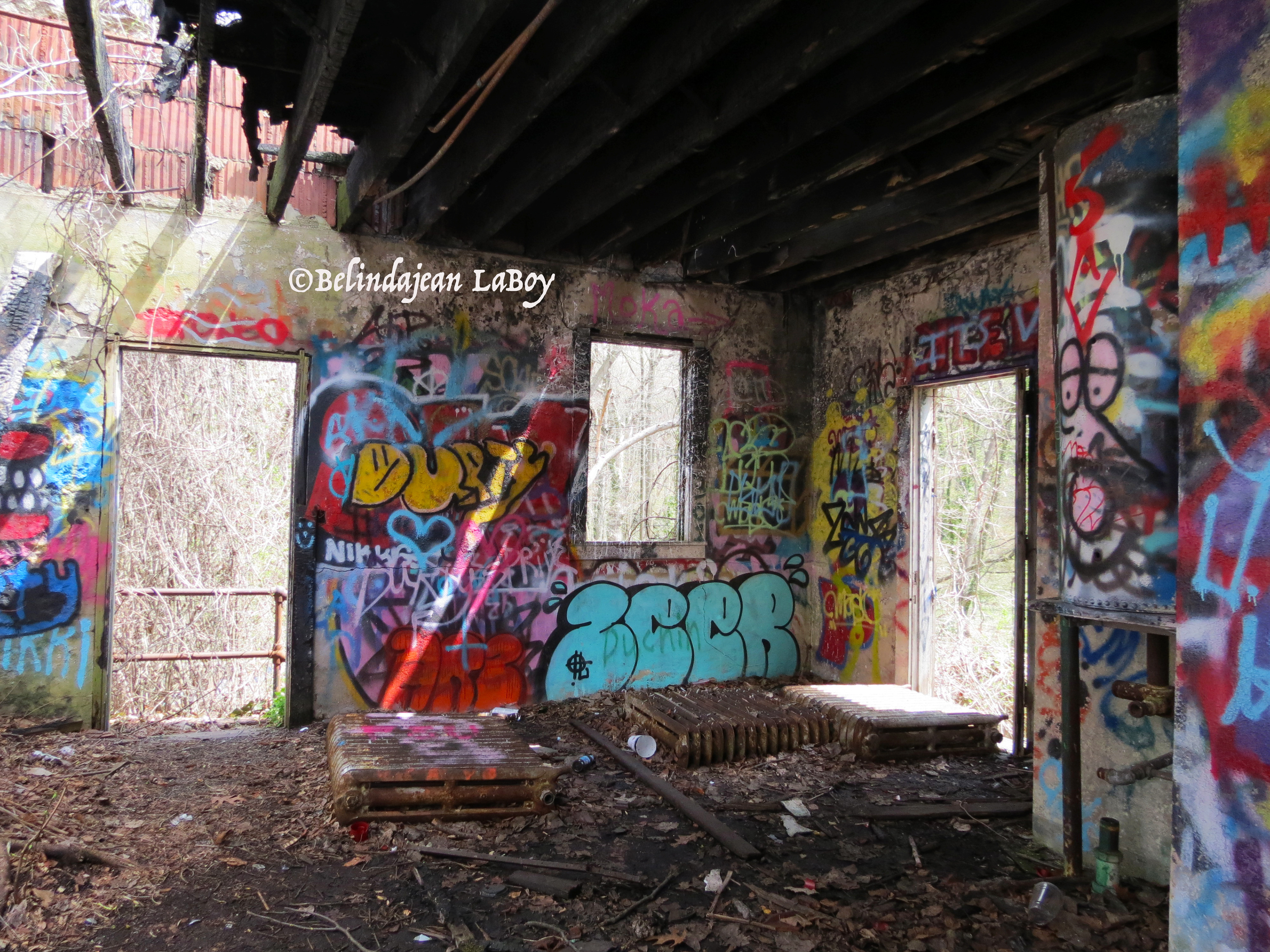
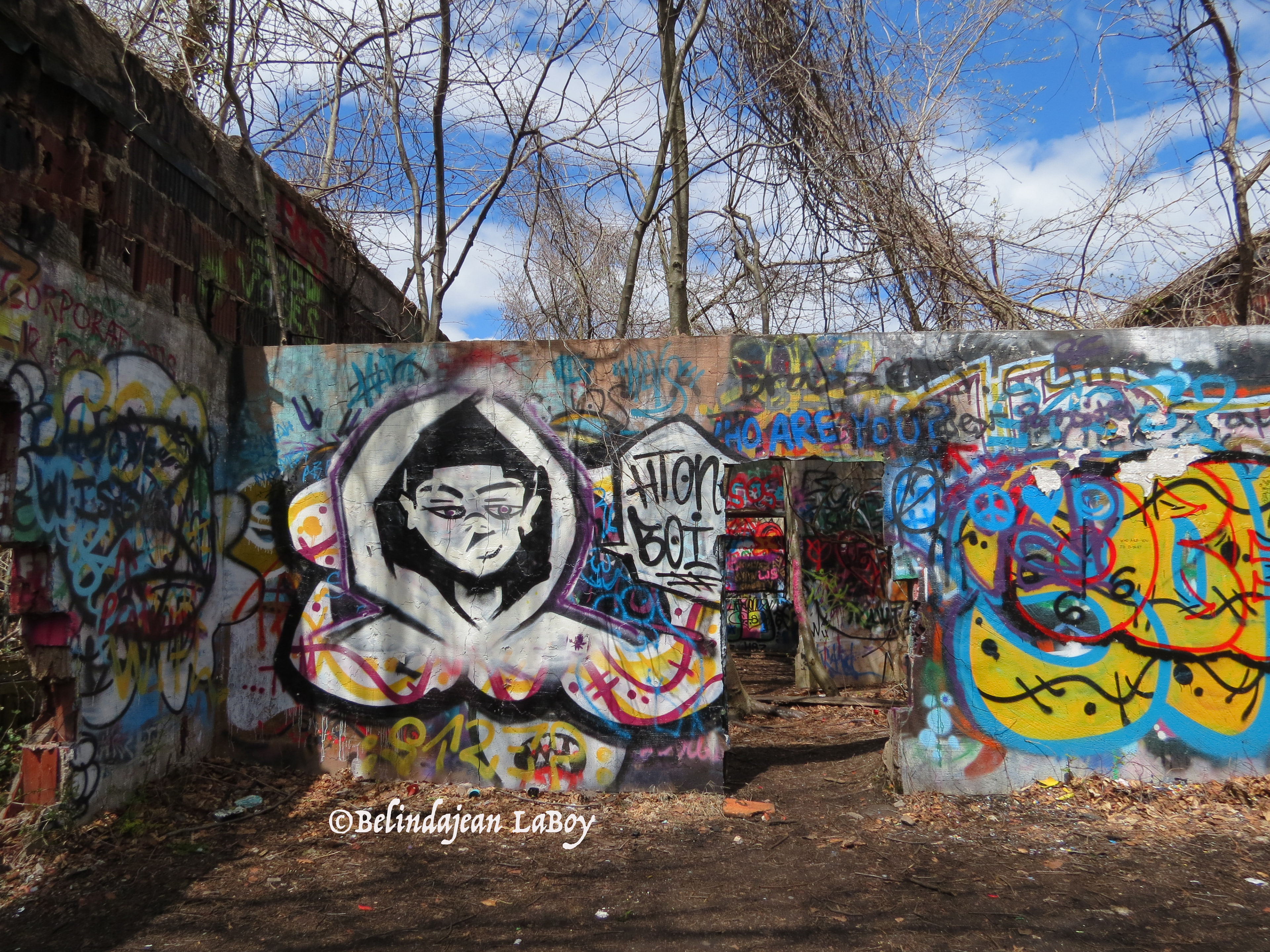



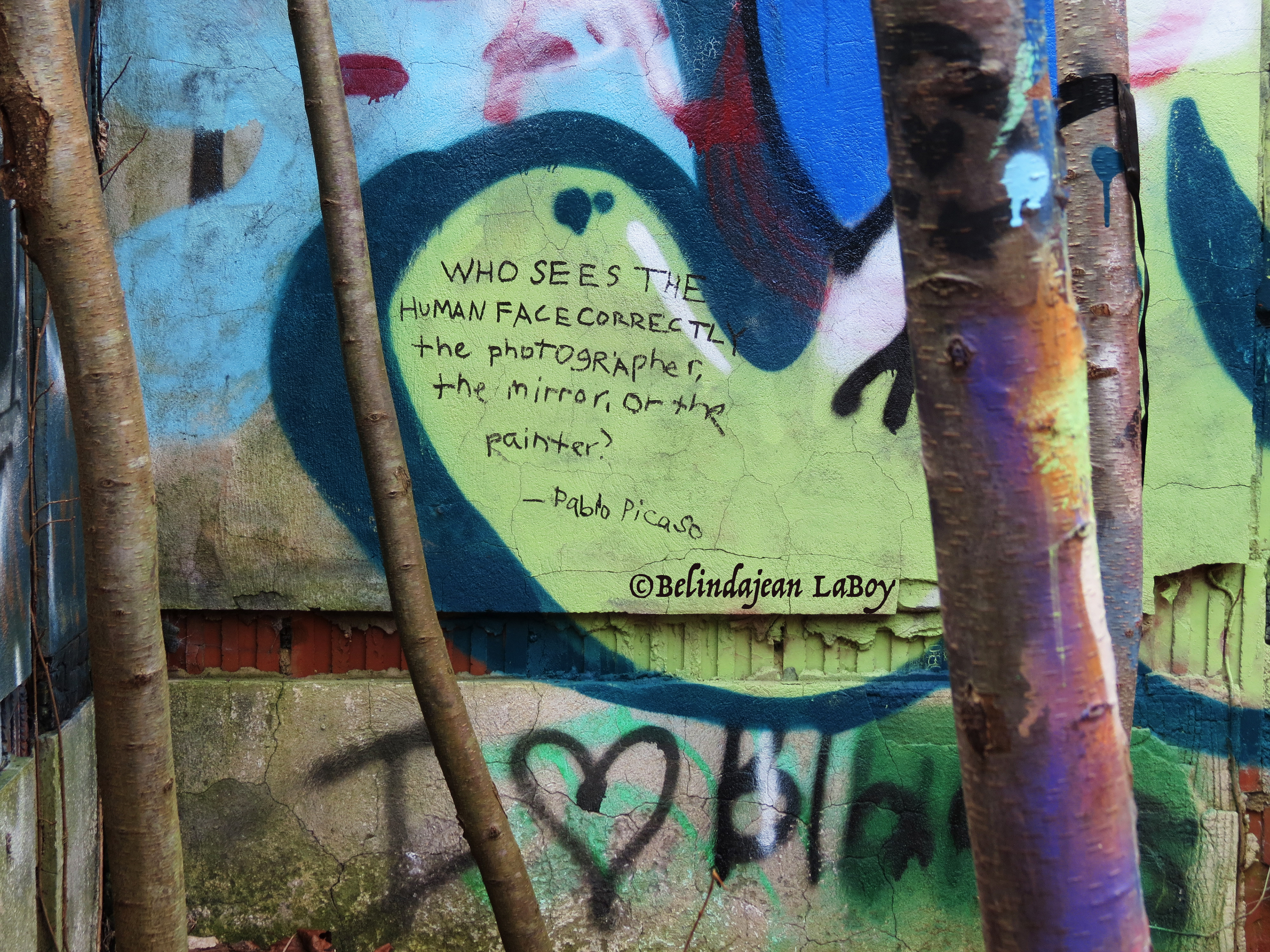

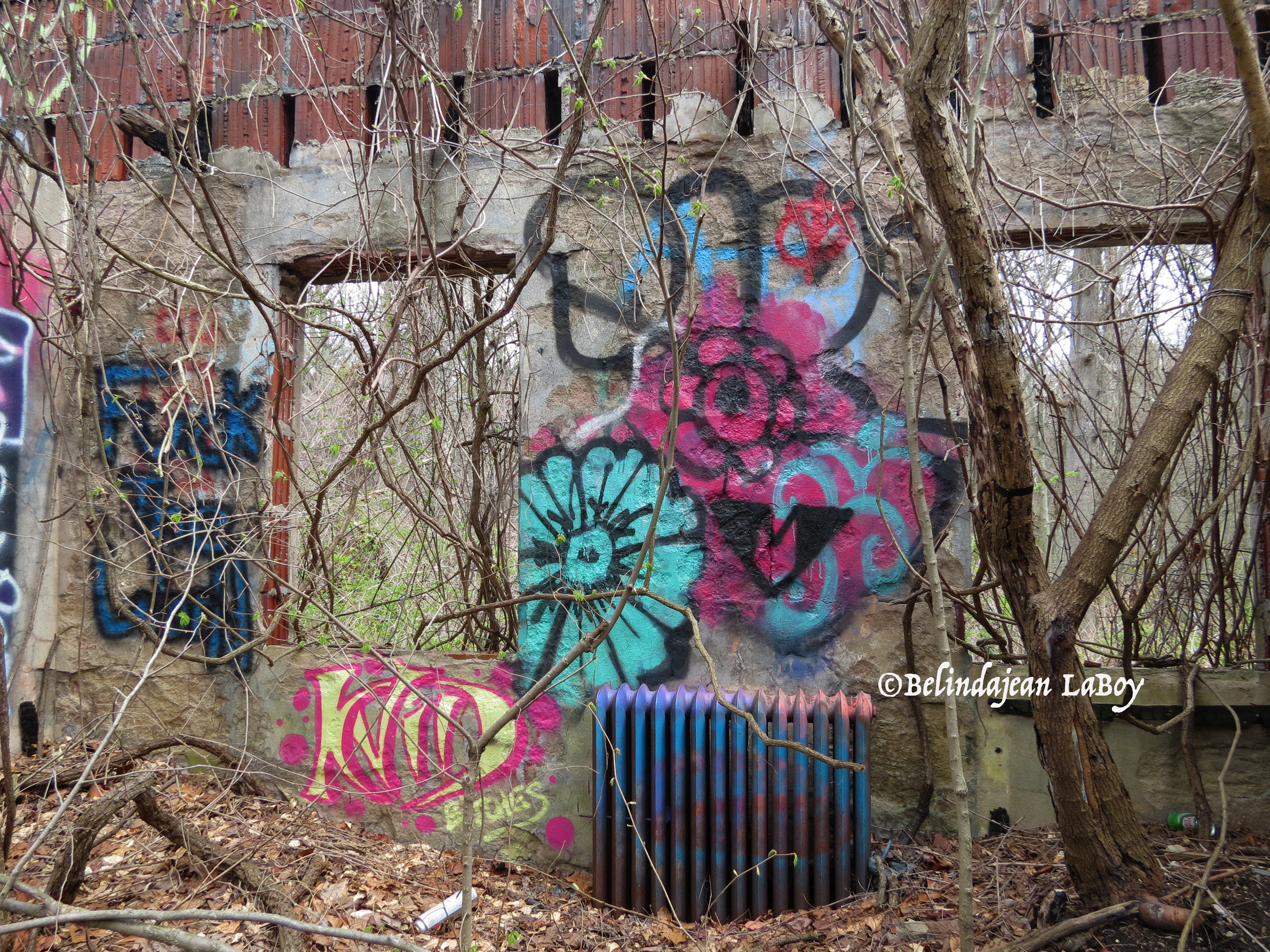
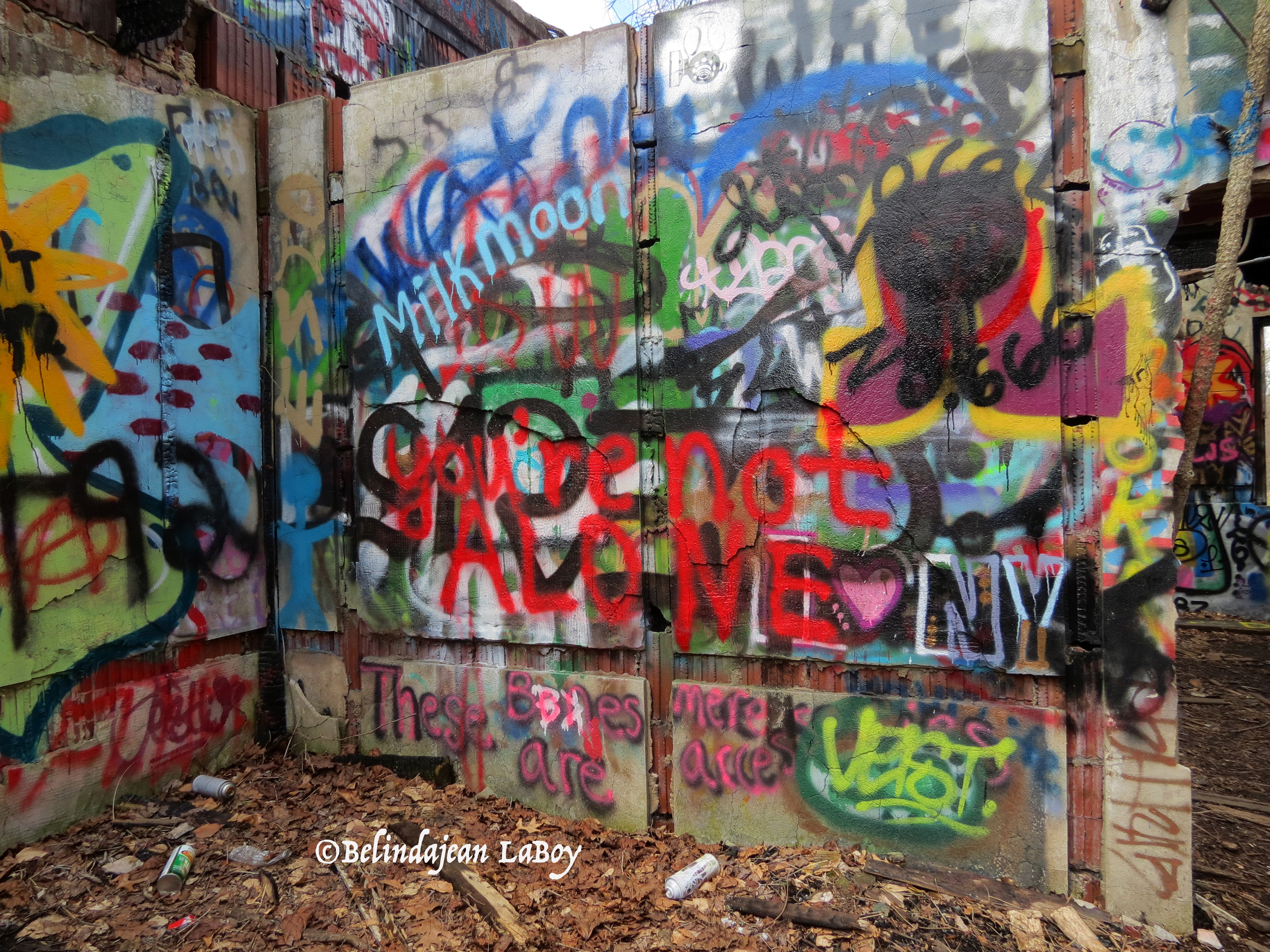






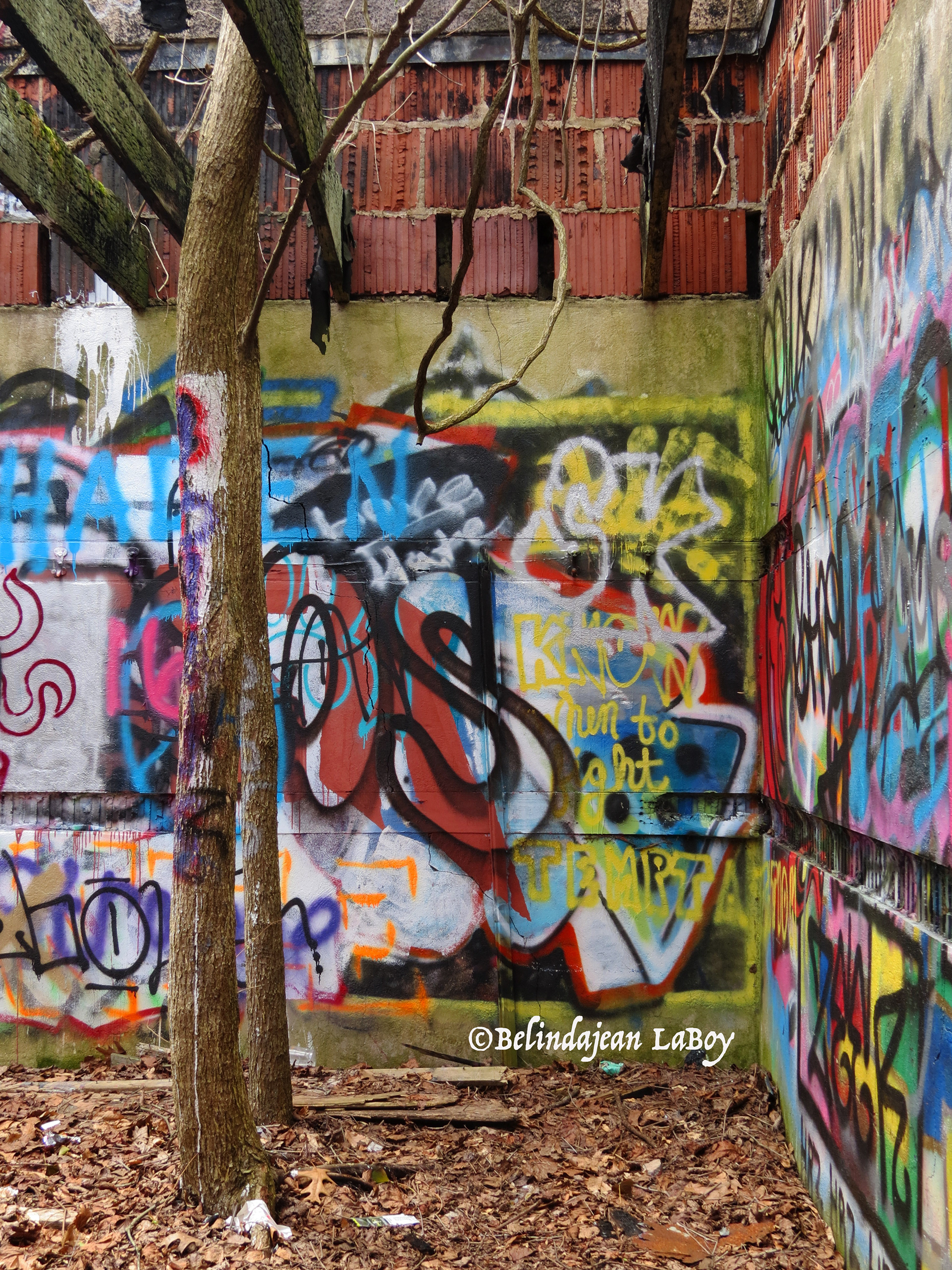

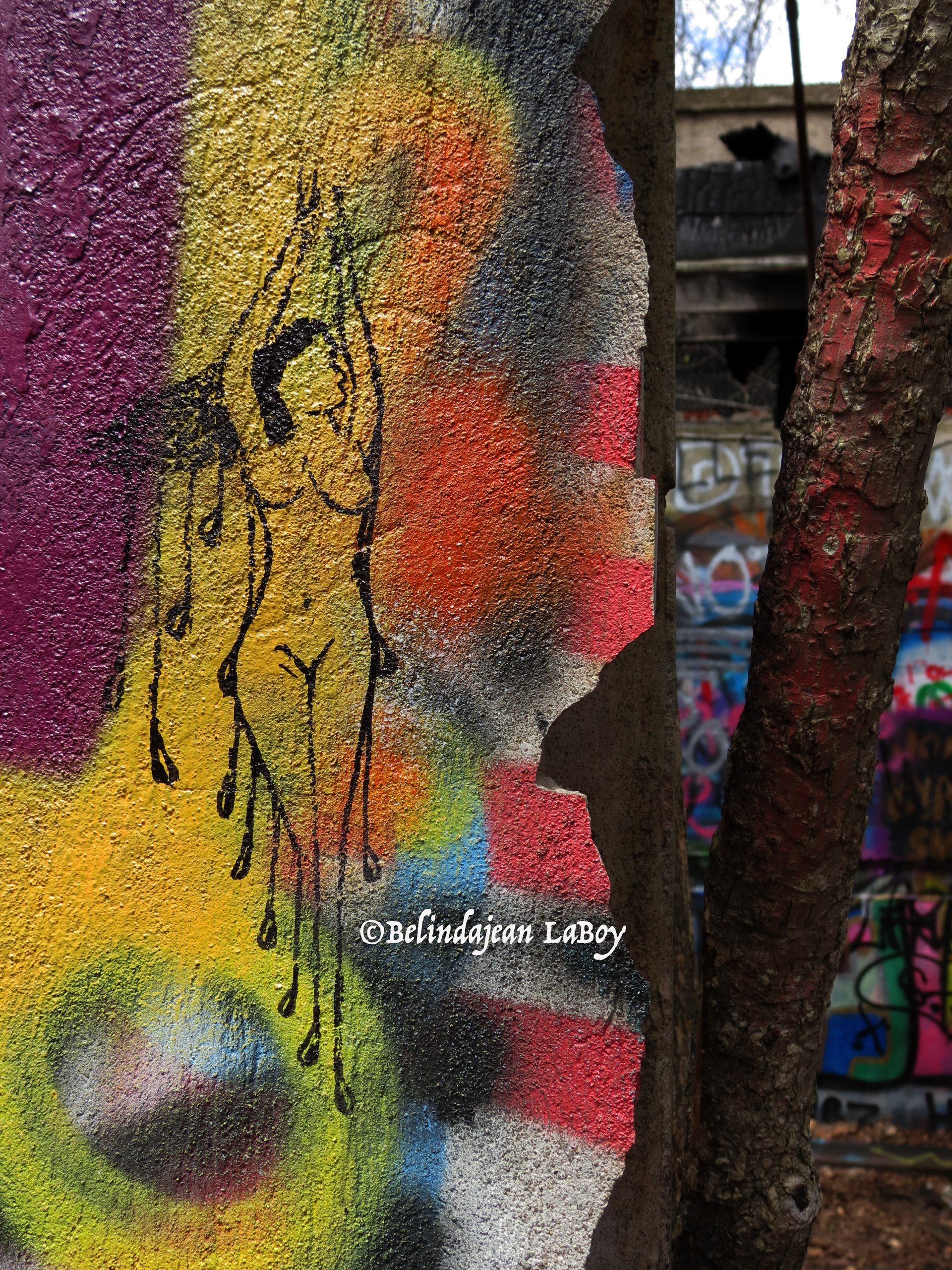




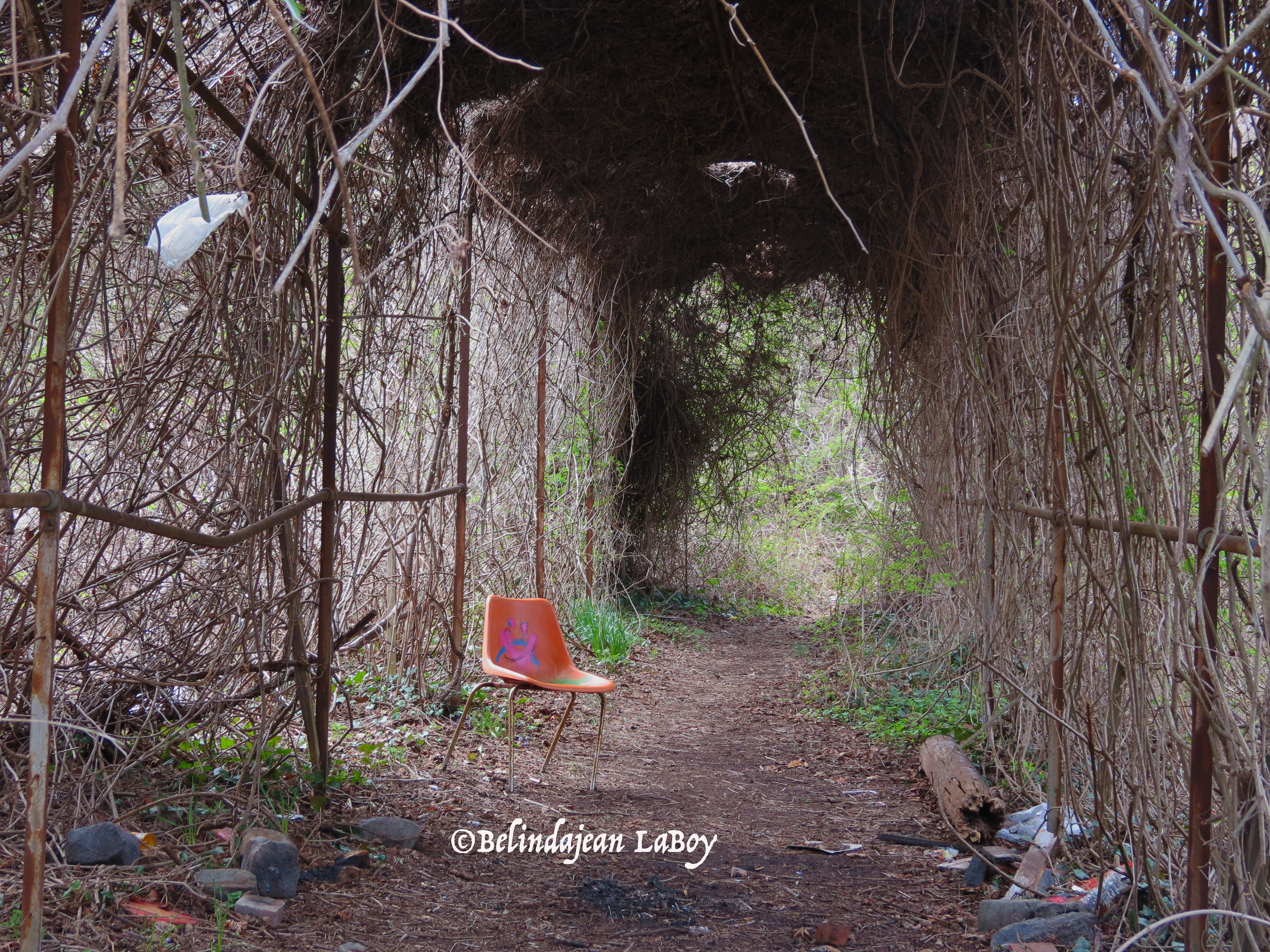
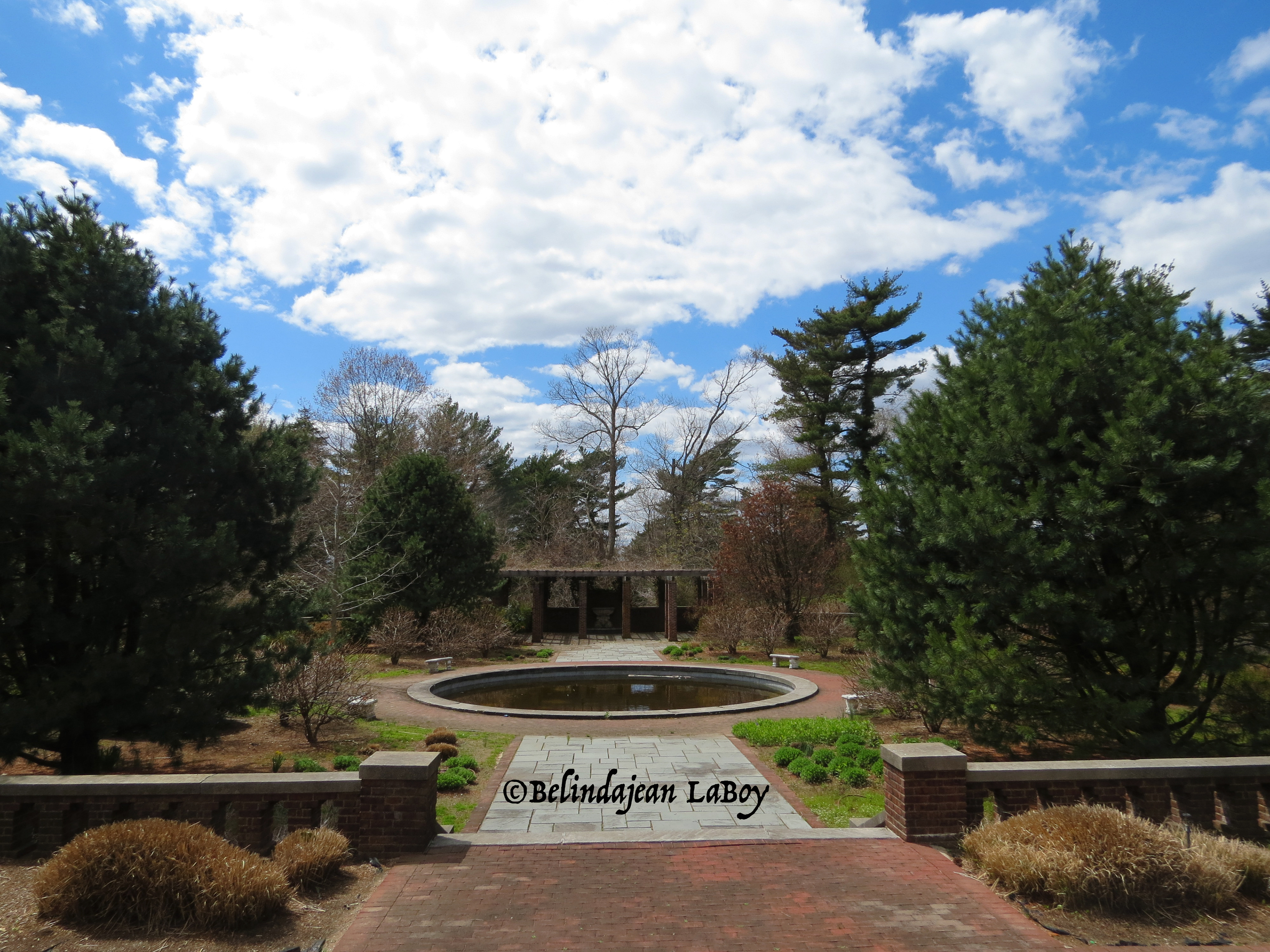
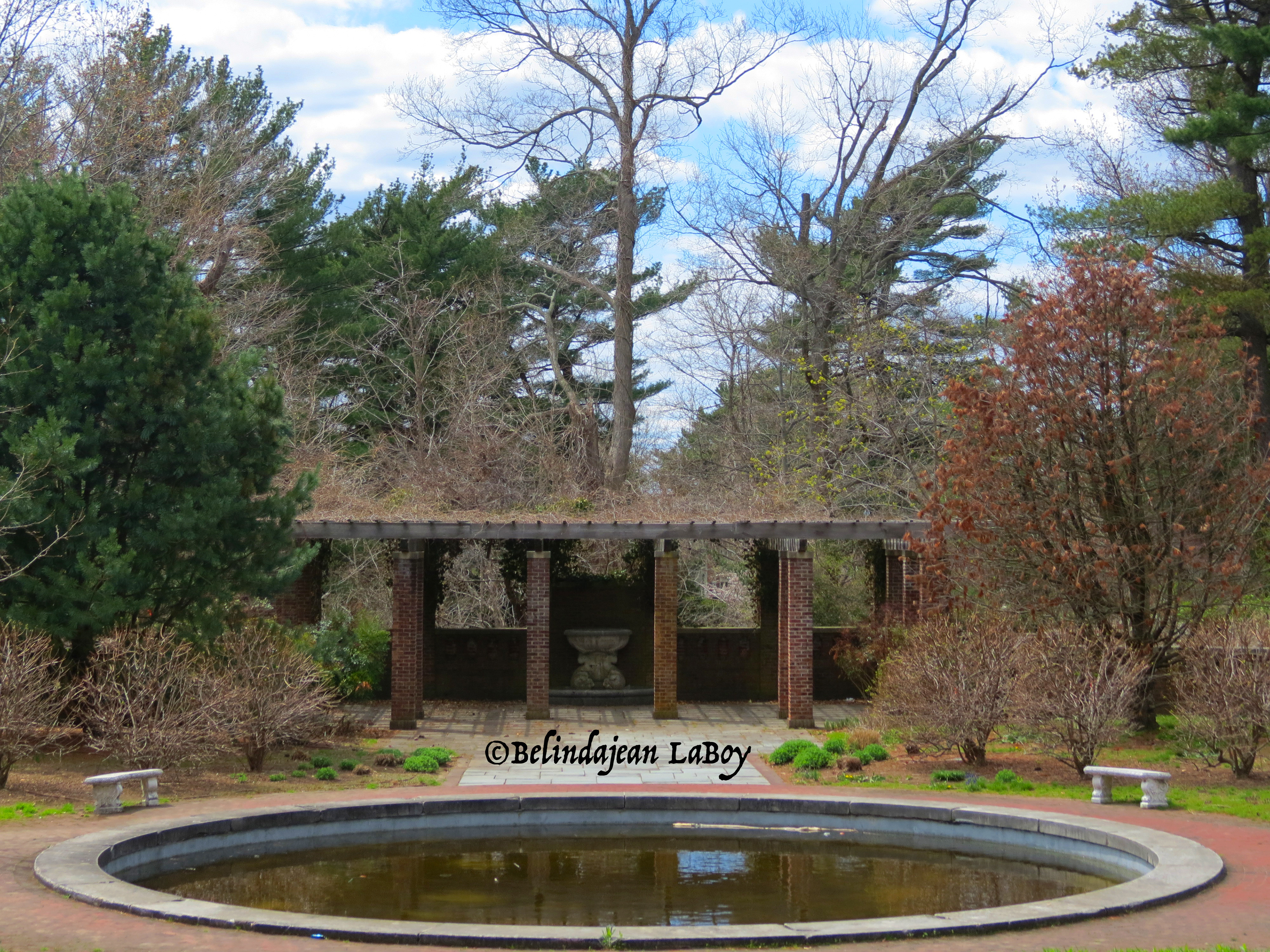
Wyndclyffe Mansion, Rhinebeck, Upstate New York
2016
Elizabeth Schermerhorn Jones was a formidable woman. A cousin to the Astors and aunt to Edith Wharton, she occupied a space in the upper echelons of New York high society that matched her considerable frame. In 1853 she had built for herself a grandiose gothic mansion in the sleepy hamlet of Rhinecliff, a hundred miles up the Hudson River.
Designed by architect George Veitch with 24 rooms, the mansion was topped with a steeple towering over 80 acres of spectacular river views. Wyndcliffe was so magnificent and imposing it inspired a fashion among her similarly wealthy contemporaries to build their own palatial mansions along the Hudson Valley. But Elizabeth’s was the first and the grandest, and is thought to be the inspiration for the phrase “to keep up with the Joneses.”
So overbearing was Jones’ gothic fairytale castle in the woods overlooking the Hudson that it terrified her famous niece. In her autobiography, A Backward Glance, Edith Wharton wrote in 1933 of visiting her aunt at Wyndcliffe, as though it were a bit of a horror story, even comparing the imposing exterior with her aunt’s imperious disposition.
Elizabeth Schermerhorn Jones never married, and after her death, the mansion’s later owners fell foul of the Great Depression, until in 1950, the house was abandoned for good. Today Wyndcliffe lies hidden in the thick forests of the Hudson river valley. Approaching through the forest. the first thing intrepid explorers will see rising out of the pine trees is the old turret. Like a latter day Manderlay, the house which inspired a generation of property tycoons, lies in crumbling ruins. Whole floors have collapsed leaving staircases hanging in mid-air. Half way up the walls, ornate wooden paneling covers arched doorways which once led to further rooms behind. The grand semi-circular dining room wing has all but disappeared. The surrounding 80-acres which once featured outdoor tennis courts where the players could enjoy cold beer piped directly from the house, has been reduced to two, and the sweeping river views have gone.
Today, this imposing manse of a once formidable Victorian matriach is slowly disappearing, brick by fallen brick. Visit it soon, because before too long, it will be hard to imagine that anyone ever lived there at all. The only thing keeping up with the Joneses today is the surrounding forest that is slowly and steadily reclaiming what was once the grandest mansion in the state of New York.
Information from: https://www.atlasobscura.com/places/wyndcliffe-mansion
Parksville, Upstate New York
2019
"The Heart of the Catskills"
A Brief History
A Brief History
The Town of Liberty was created from the Town of Lumberland in 1807 and was settled mostly by families from Connecticut and other eastern states. Around 1800 settlers arrived in Parksville. Lemuel Martin and Eber Hall are attributed to be the first settlers.
William Parks and his family arrived shortly after and started to build mills and improve the area. Martin wanted to call it Martinville but the settlers revered Parks more, and hence the name Parksville. Although Parks later moved to Ulster County, when he was 80 he visited Parksville, fell ill and wanted to be buried there. His grave and those of his extended family are in the Baptist Church Cemetery behind the currently active church, built in 1898. The Baptist Church in Liberty is an offshoot of the original Baptist Church in Parksville. Another house of worship, the Tefereth Israel Anshei Parksville Synagogue, was built in 1907 and is currently inactive. Both houses of worship have been added to the National Register of Historic Places.
William Parks and his family arrived shortly after and started to build mills and improve the area. Martin wanted to call it Martinville but the settlers revered Parks more, and hence the name Parksville. Although Parks later moved to Ulster County, when he was 80 he visited Parksville, fell ill and wanted to be buried there. His grave and those of his extended family are in the Baptist Church Cemetery behind the currently active church, built in 1898. The Baptist Church in Liberty is an offshoot of the original Baptist Church in Parksville. Another house of worship, the Tefereth Israel Anshei Parksville Synagogue, was built in 1907 and is currently inactive. Both houses of worship have been added to the National Register of Historic Places.
Parksville used to be a hamlet of the Town of Rockland, but the inhabitants decided to annex to Liberty because it was only 4 miles away. Parksville was originally a swamp but became forested and dry. It is in a valley surrounded by hills and the Little Beaver Kill River runs through it. William Bradley built a tannery, and James Bush, also a prominent resident, was a merchant and politician and invested in Bradley's tannery.
Parksville had shops and mills and was a bustling community. This was back in the day in the early 1800's when coffee was 36 cents a pound, a gallon of brandy was $1.00, and panthers roamed the hills.
The Ontario & Western Railway (the O&W) mainly contributed to the fast growth of the Catskill area in the late 1800's up through the 1930's. The railroad served the surge of building of summer hotels and houses. Parksville was a popular railroad stop on the O&W and became touted as a pretty village in the heart of the trout country.
In 1904 Parksville was officially founded and in the early 1900's it was
considered a peaceful resting destination spot. Within two decades the hamlet had become so popular that it was no longer a quiet, peaceful place. Main Street was so clogged with throngs of people shopping that cars couldn't get through. There were listed 39 hotels and resorts in Parksville, later upwards to 100. After the Great Depression, however, many businesses failed. The large resort hotels still thrived - the Grand Hotel, Klein's Hillside, the Paramount, and Breezy Hill to name a few. The Young's Gap Hotel was built in the 1920's and was the prize of Parksville. A well-known landmark, Young's Gap, named after a Liberty family, was made famous by the railroad surveyors. It thrived through the 1960's as a fun place to stay.
In 1904 Parksville was officially founded and in the early 1900's it was
considered a peaceful resting destination spot. Within two decades the hamlet had become so popular that it was no longer a quiet, peaceful place. Main Street was so clogged with throngs of people shopping that cars couldn't get through. There were listed 39 hotels and resorts in Parksville, later upwards to 100. After the Great Depression, however, many businesses failed. The large resort hotels still thrived - the Grand Hotel, Klein's Hillside, the Paramount, and Breezy Hill to name a few. The Young's Gap Hotel was built in the 1920's and was the prize of Parksville. A well-known landmark, Young's Gap, named after a Liberty family, was made famous by the railroad surveyors. It thrived through the 1960's as a fun place to stay.
Unfortunately, over the decades there was a decline. The popularity of the railroad through the Catskills diminished and the last trains ran through Parksville in the late 1950's. Vacationers flocked to New Jersey and Long Island beaches and the vogue of the Catskills waned. The doors of those huge resorts began to close where there had been very successful night clubs, comedy acts, and indoor shopping meccas.
The highway Route 17 called "The Quickway" was built and ran through Parksville, parallel to Main Street. Much of the highway was built right over the railroad bed. There was a stoplight (the only one on the Route) which slowed traffic, and tourists would stop in the hamlet to explore. There was a brief revival of Parksville in the 1990's. A handful of enthusiastic business owners worked together to bring Parksville to life. Dead End Café, owned by Tom and Michele Caltabellotta, was opened in 1989 and helped to kickstart new growth on Main Street: another restaurant, an antique shop, a coffee shop, a silk-screening studio, a tattoo parlor, a video store and a beauty salon, among others.
However, Parksville would soon suffer again. Route 17 was going to be converted to Interstate 86 (I86), the stoplight would be removed, and the highway would bypass the hamlet, which had an adverse impact on the flow of traffic towards Main Street. Travelers became confused how to get to Parksville, which was now an exit off the highway - Exit 98. It had lost it's feeling of a destination spot and most businesses on Main Street, and ones that had been on the highway, pulled out. However, miraculously many businesses are still in operation today.
The Department of Transportation completed the I86 bypass
of Parksville. They improved the roads and signage, and planted flowering trees and plants, and installed sidewalks and a municipal
parking lot, and restored the O & W Railroad path which runs along the river. This has now spurred growing interest in the community's future growth.
of Parksville. They improved the roads and signage, and planted flowering trees and plants, and installed sidewalks and a municipal
parking lot, and restored the O & W Railroad path which runs along the river. This has now spurred growing interest in the community's future growth.
The O & W Railroad path in Parksville is now an active Rails to Trails, and a community effort by Liberty and Parksville is ongoing to beautify it with flowers and signage, and plan to connect it to the Town of Liberty to make it a longer trail for walking and biking.
New businesses are beginning to anchor on Main Street just in the last year. Revitalization is forthcoming.
Information from: visit: http://www.parksvilleny.org

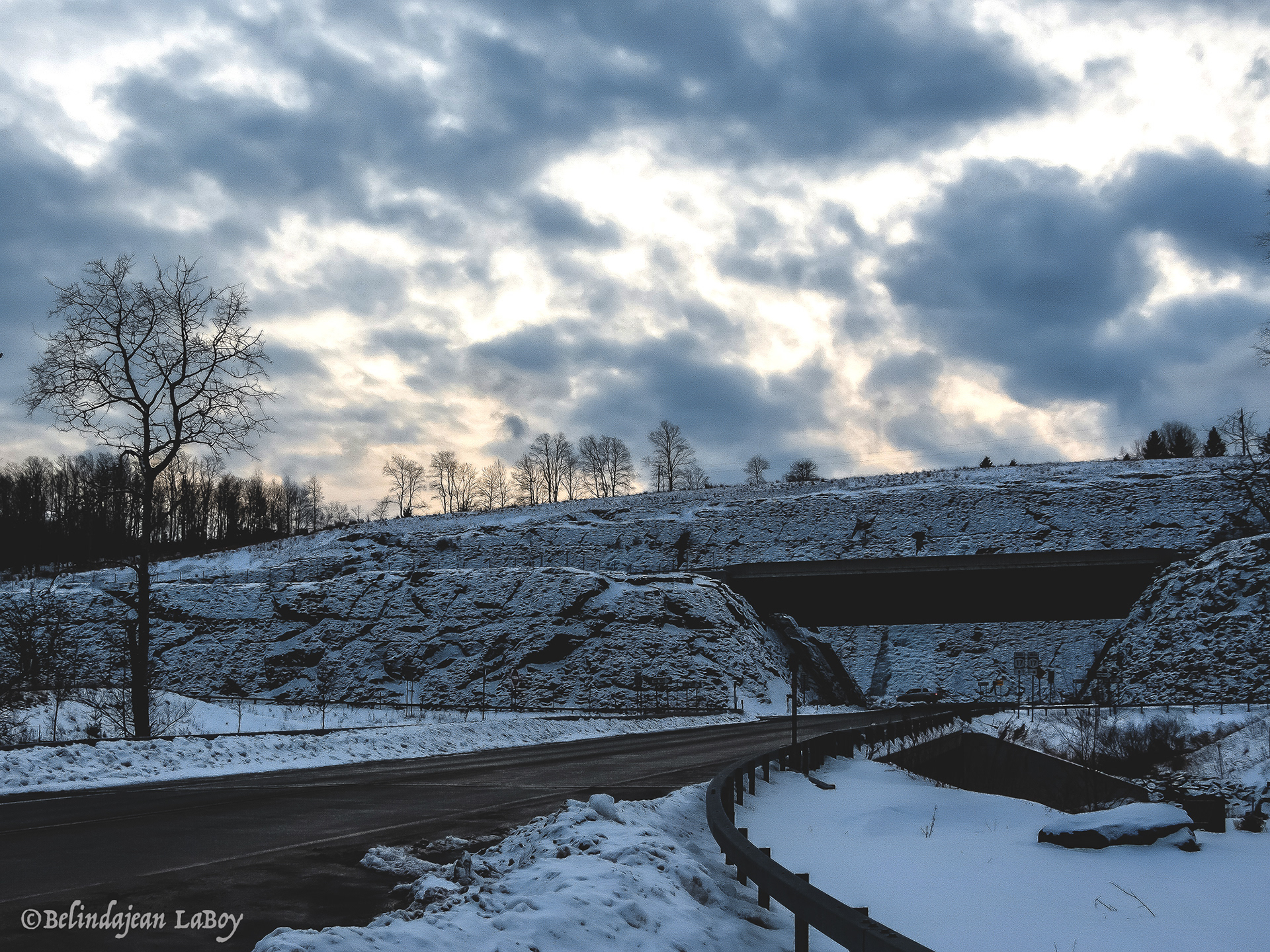



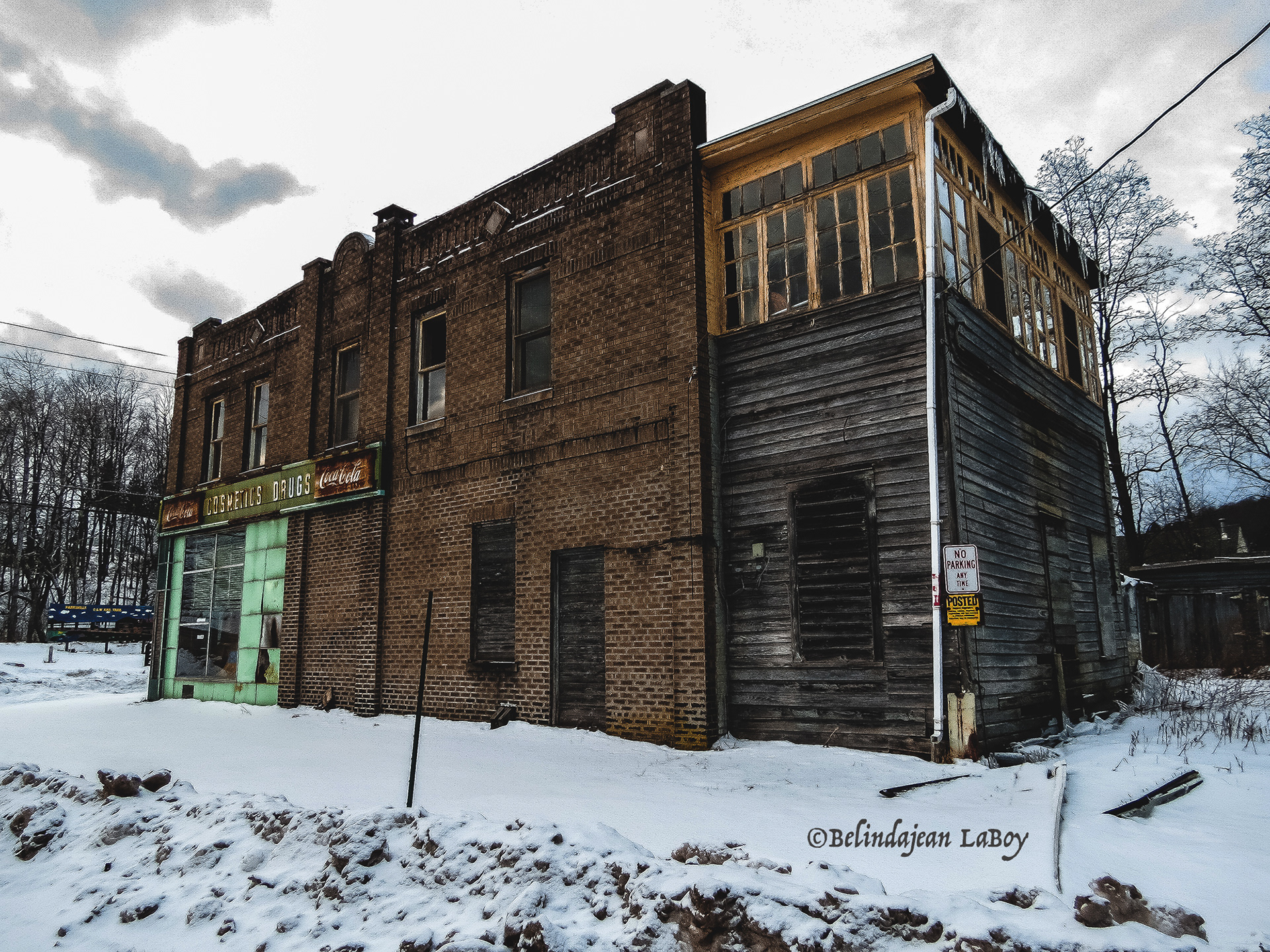
Ruins of the Mount Beacon Incline Railway
The remains of what was once the world's steepest passenger funicular.
https://www.atlasobscura.com/places/mount-beacon-incline-railway
Starting from its grand opening in 1902, the Mount Beacon Incline Railway brought passengers from this small city on the shores of the Hudson River to an elevation of 1,200 feet on top of Mount Beacon. With a maximum gradient of 74 percent, the railway was the steepest passenger funicular in the world at the time.
At the top, the Mount Beacon Casino and Beaconcrest Hotel provided amenities to visitors, many of whom had journeyed up the Hudson from New York City to escape into the idyllic scenery of the region. Beautiful panoramic views of the Hudson Valley could be seen from the railway and the summit. In its first year, the railway sold 60,000 fares. By 1922, that number had nearly doubled.
Financial troubles eventually led to the end of the railway in 1978. While the abandoned structures were added to the National Register of Historic Places in 1982, a year later a fire (blamed on vandals) destroyed part of what remained. Today, the incline railway and summit buildings lie in ruins, while a nonprofit group is working to raise funds to restore them.
Though the revival may never come, the hike up the mountain along the former incline railway to the ruins is quite popular, with many visitors continuing on to the fire tower at the summit of South Beacon Mountain. Breathtaking views of the Hudson River cutting through the valley and the surrounding region stretching out to the horizon can still be seen from the ruins at the peak.

